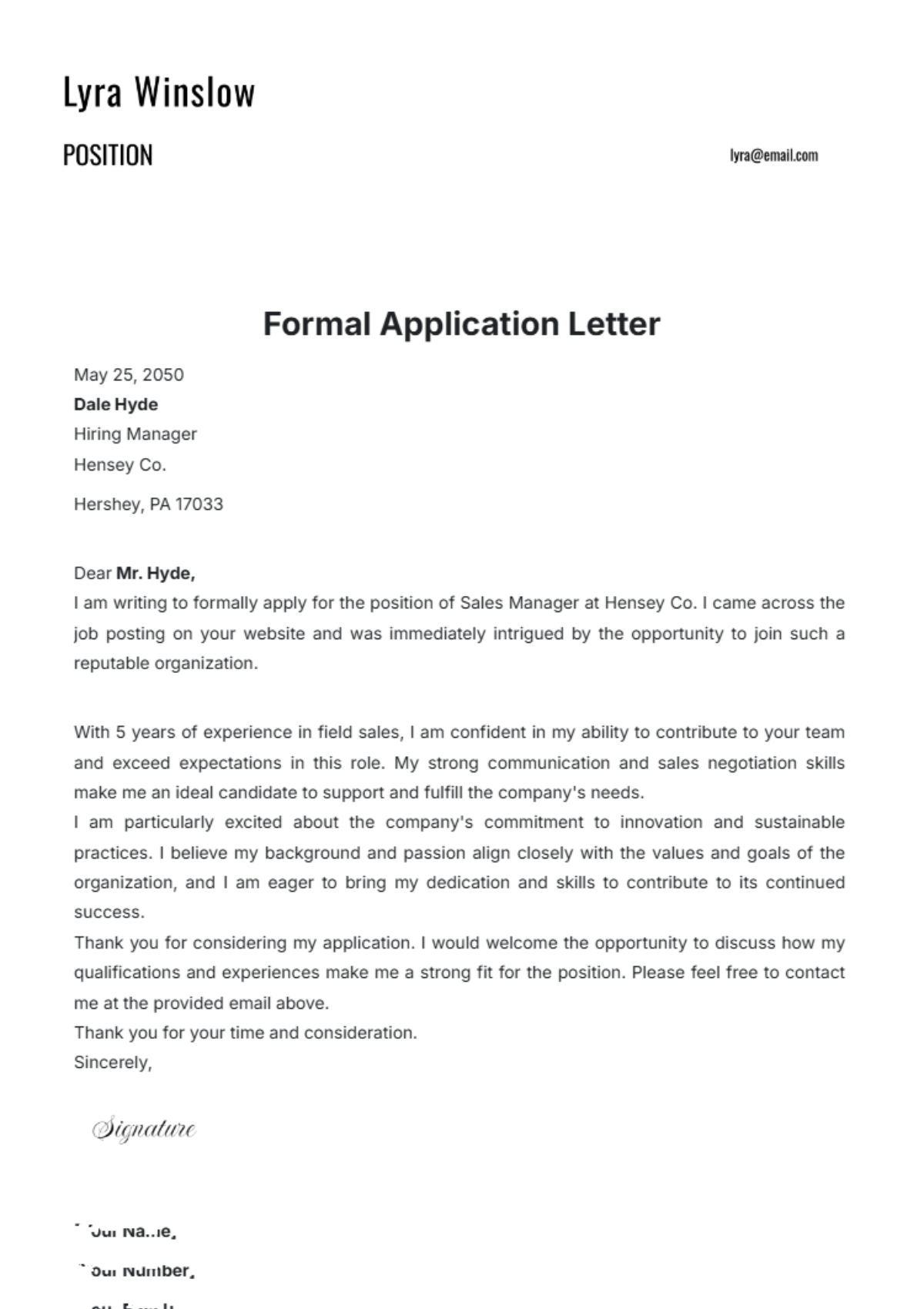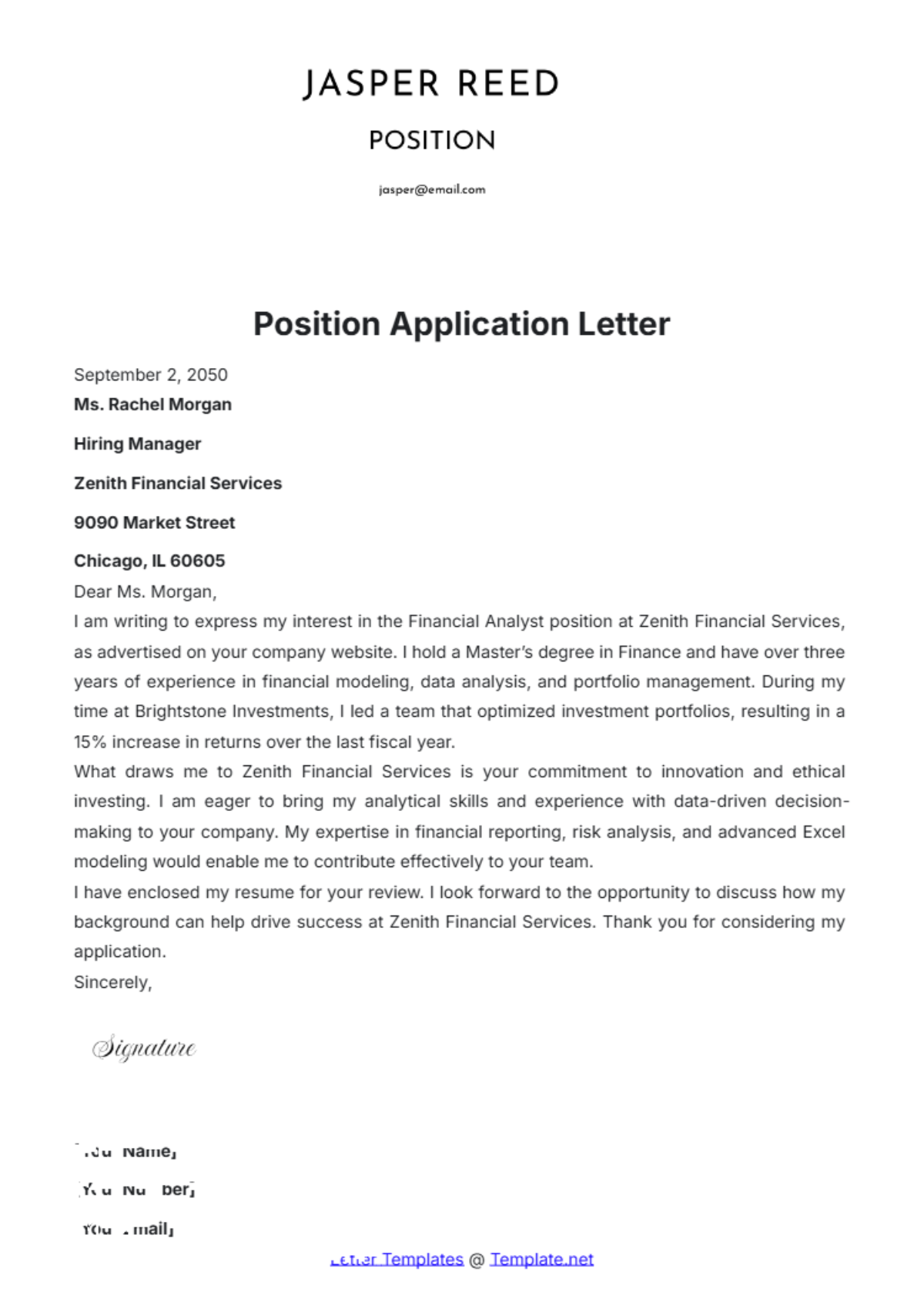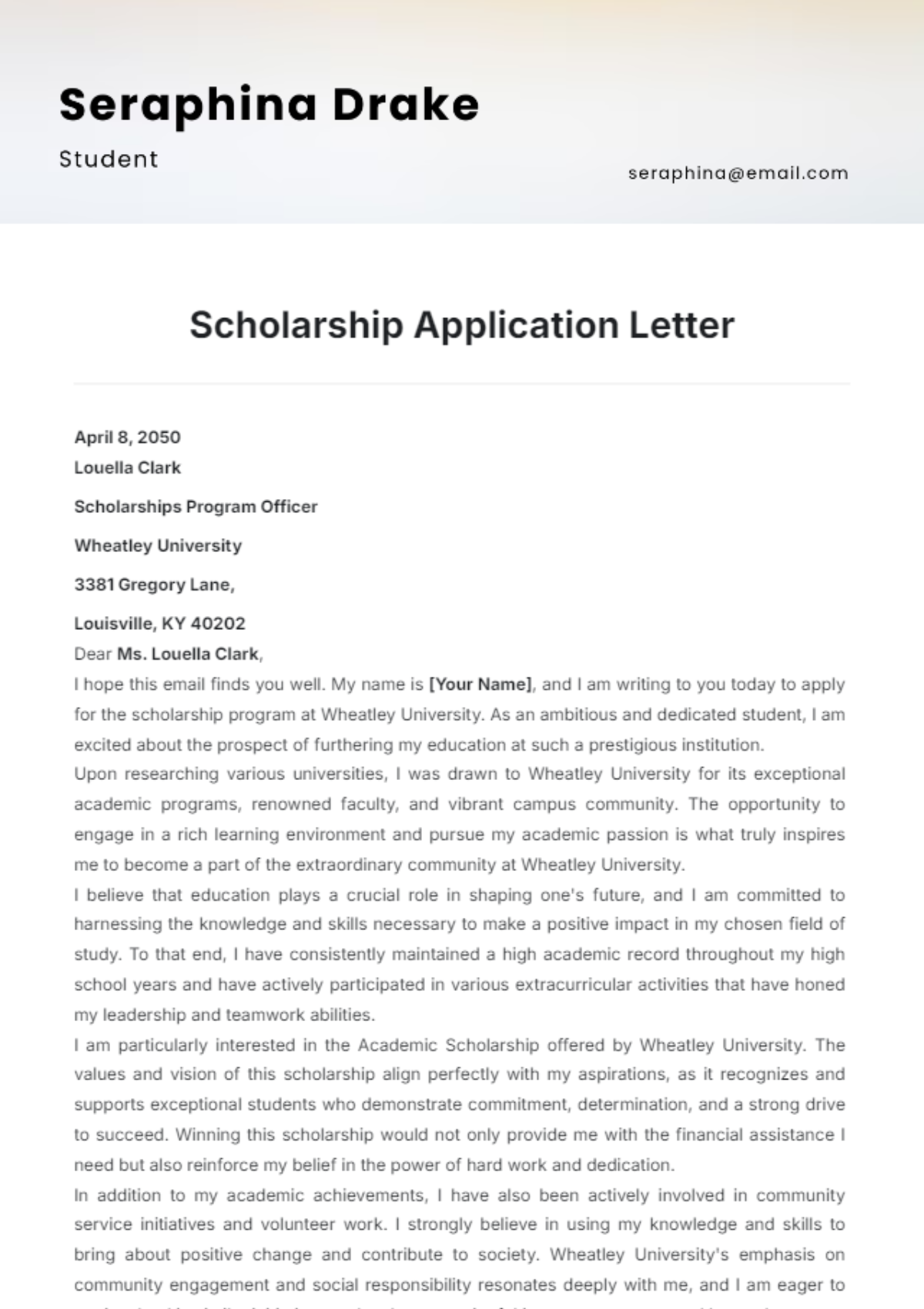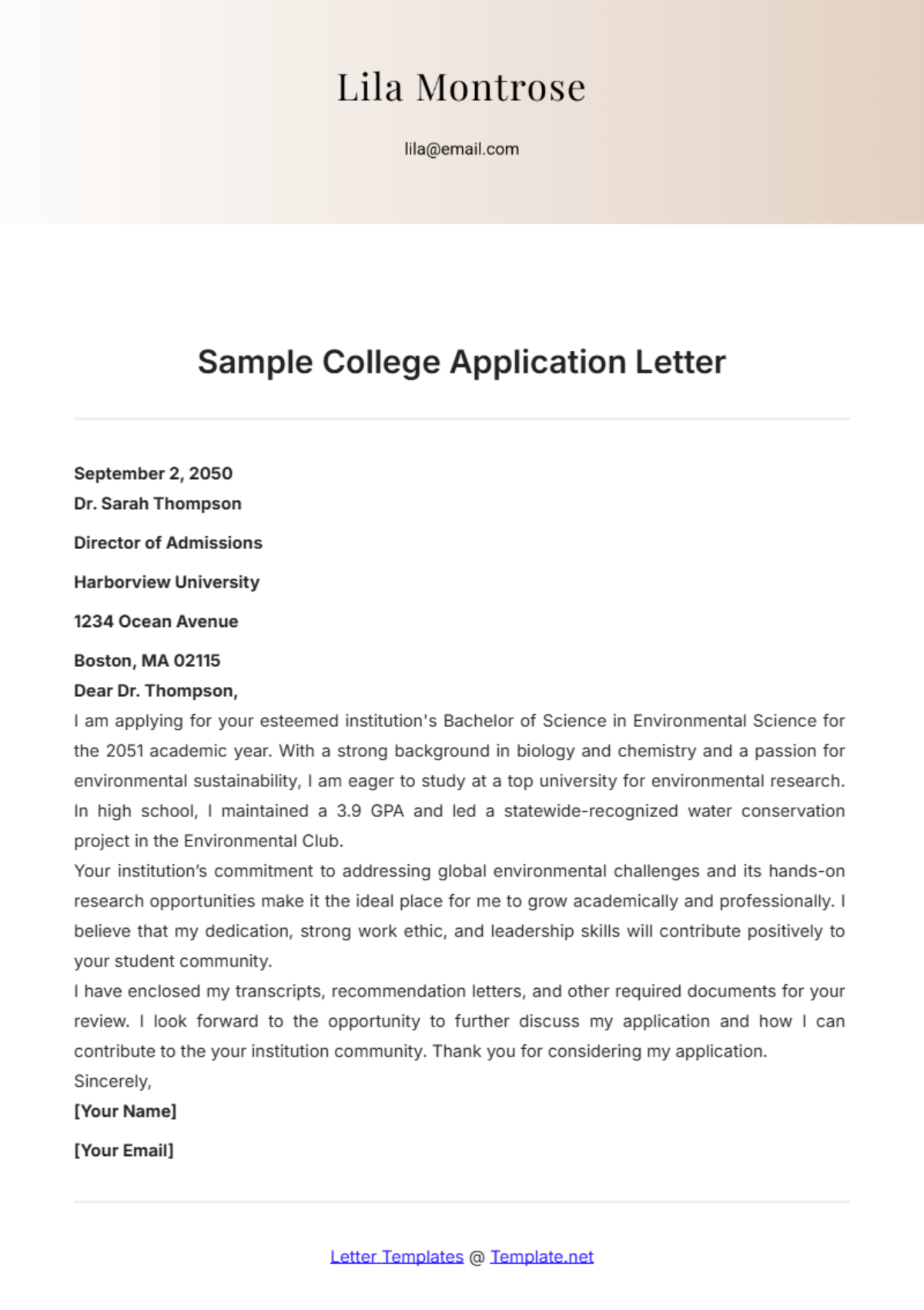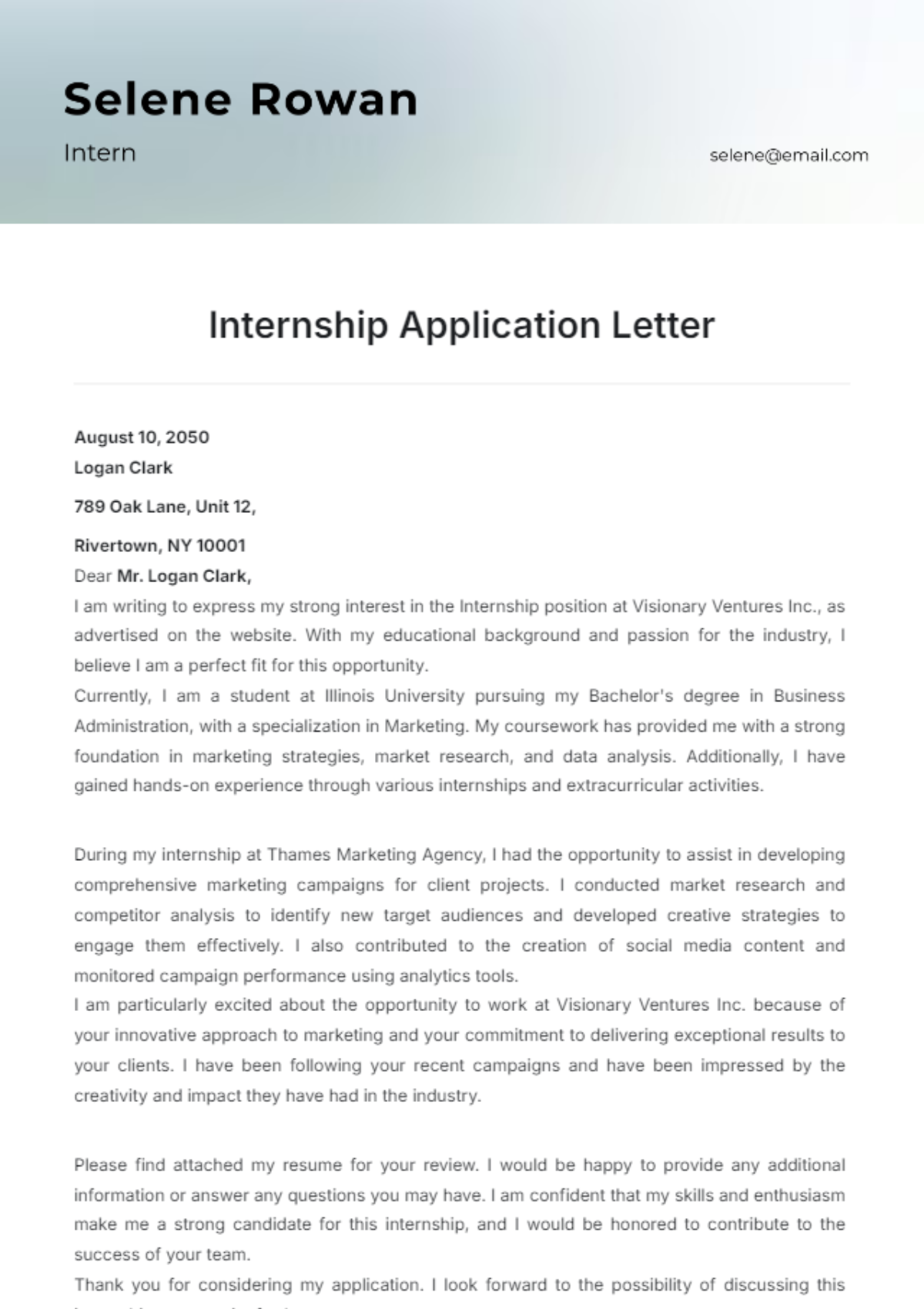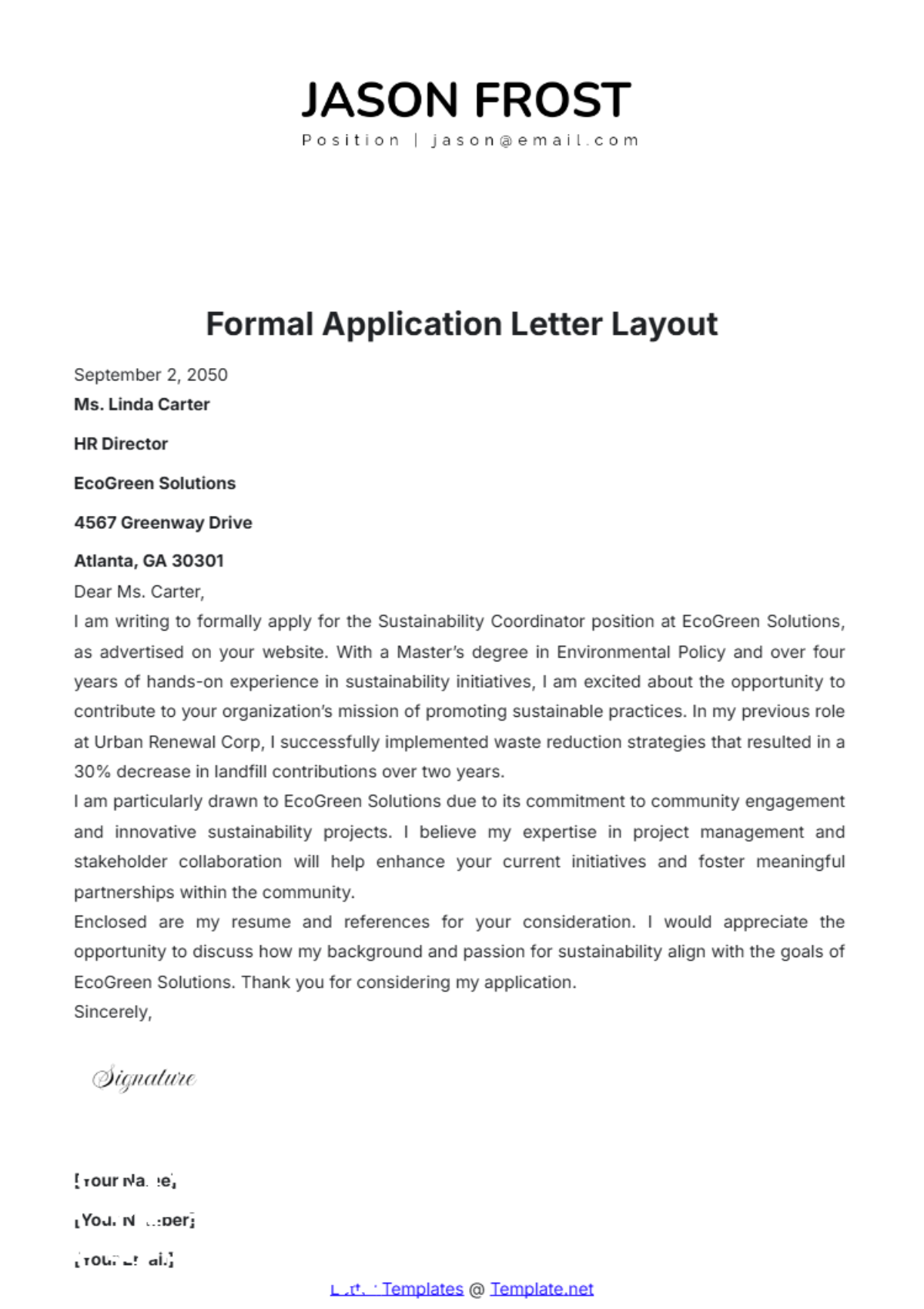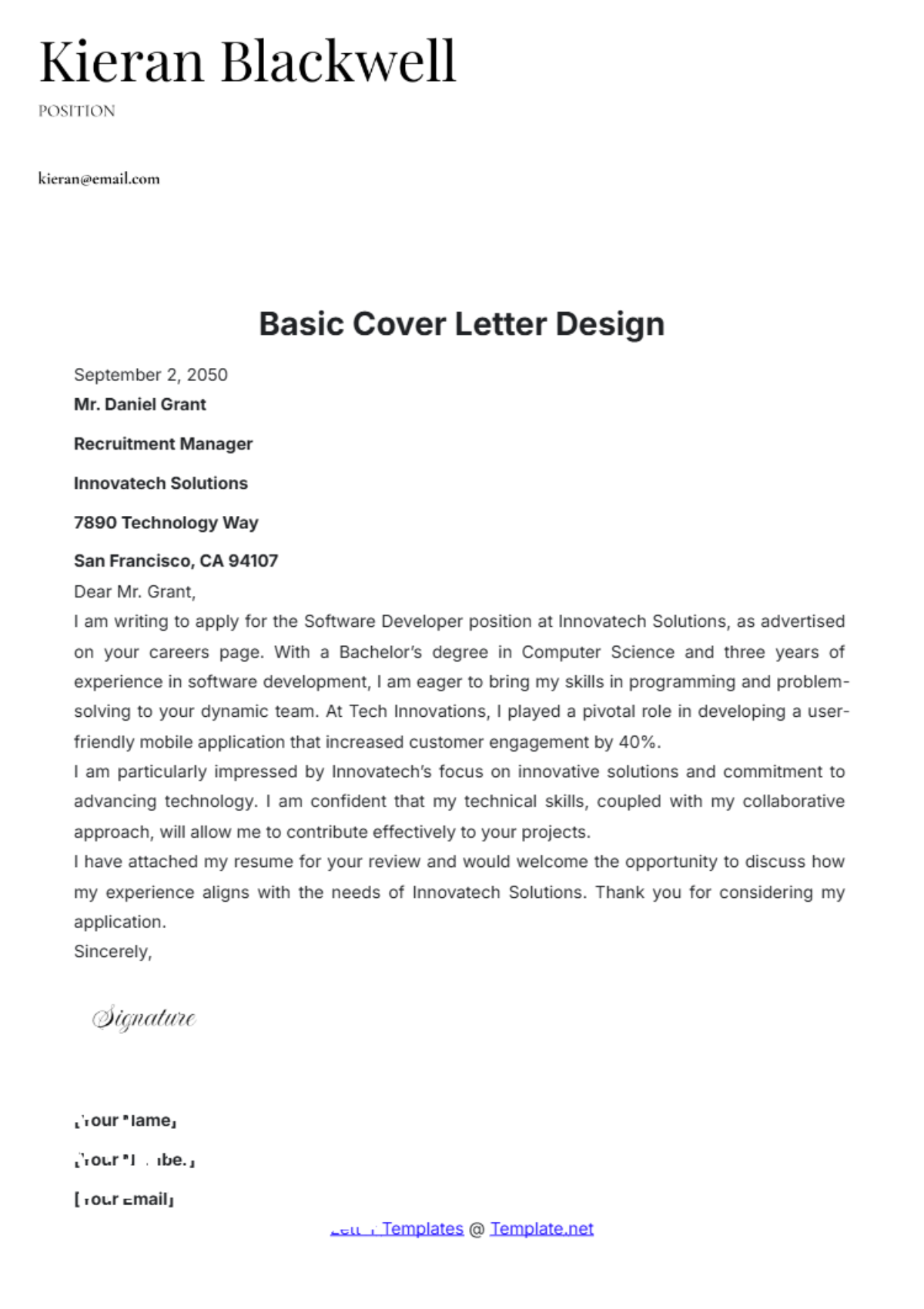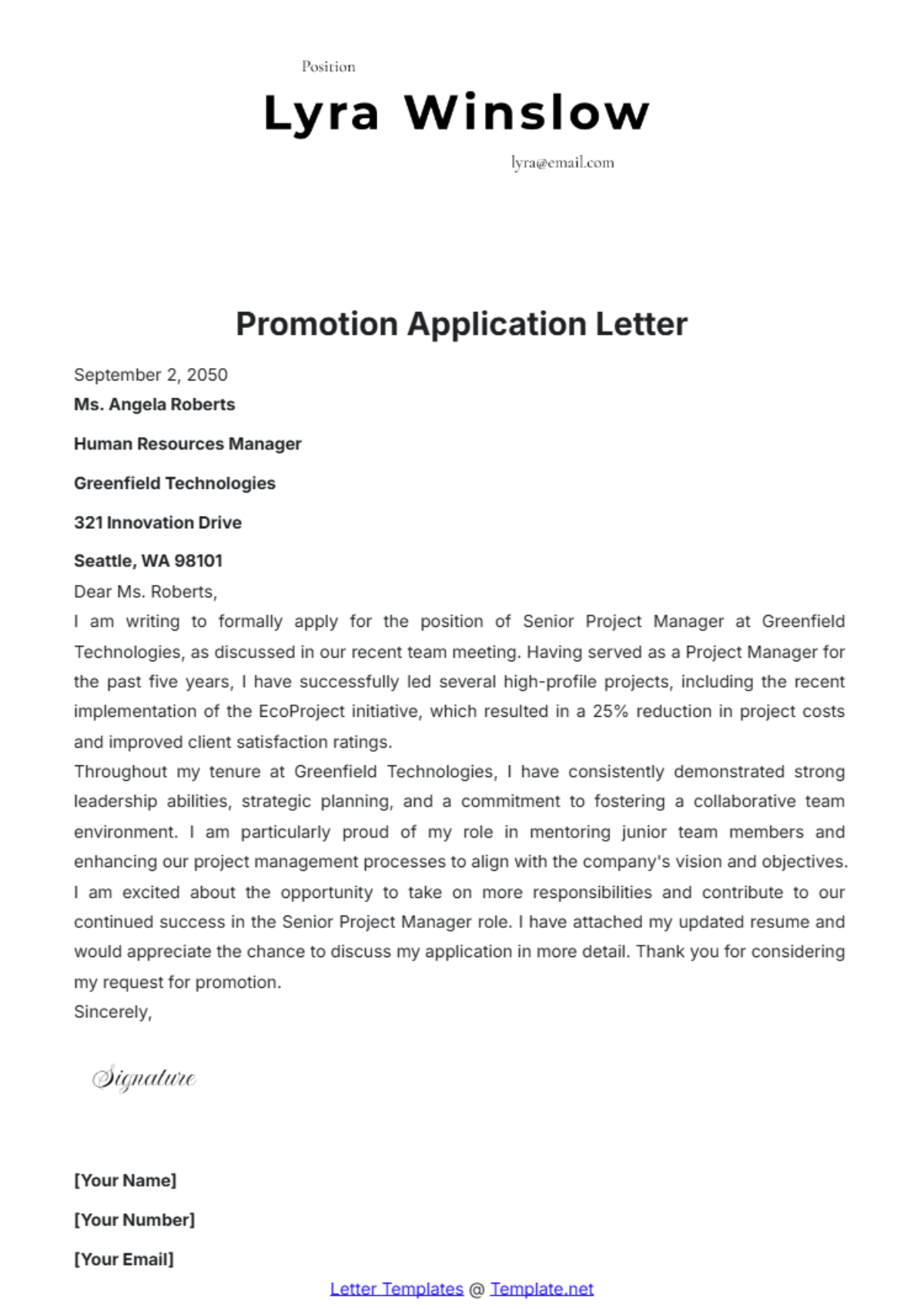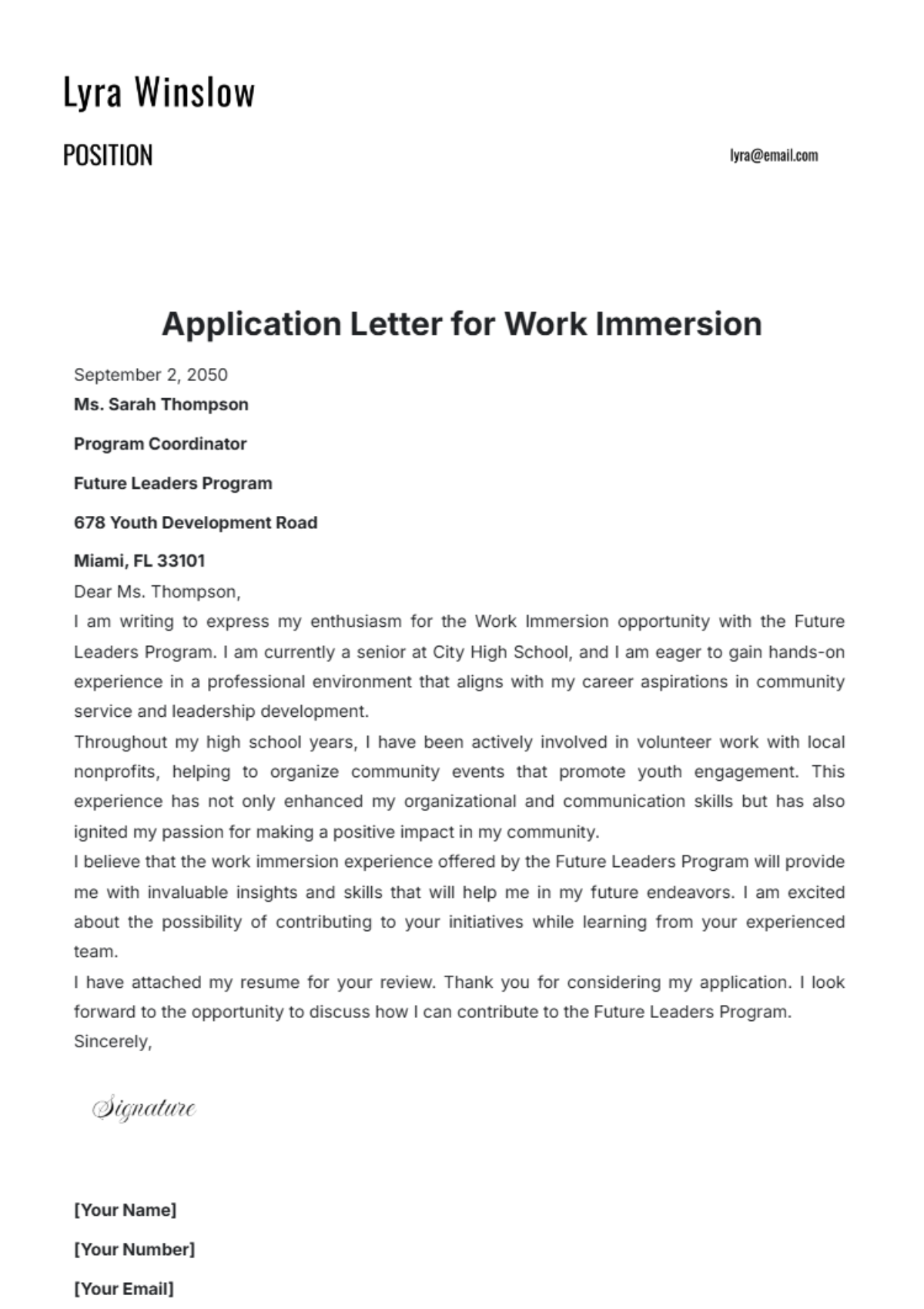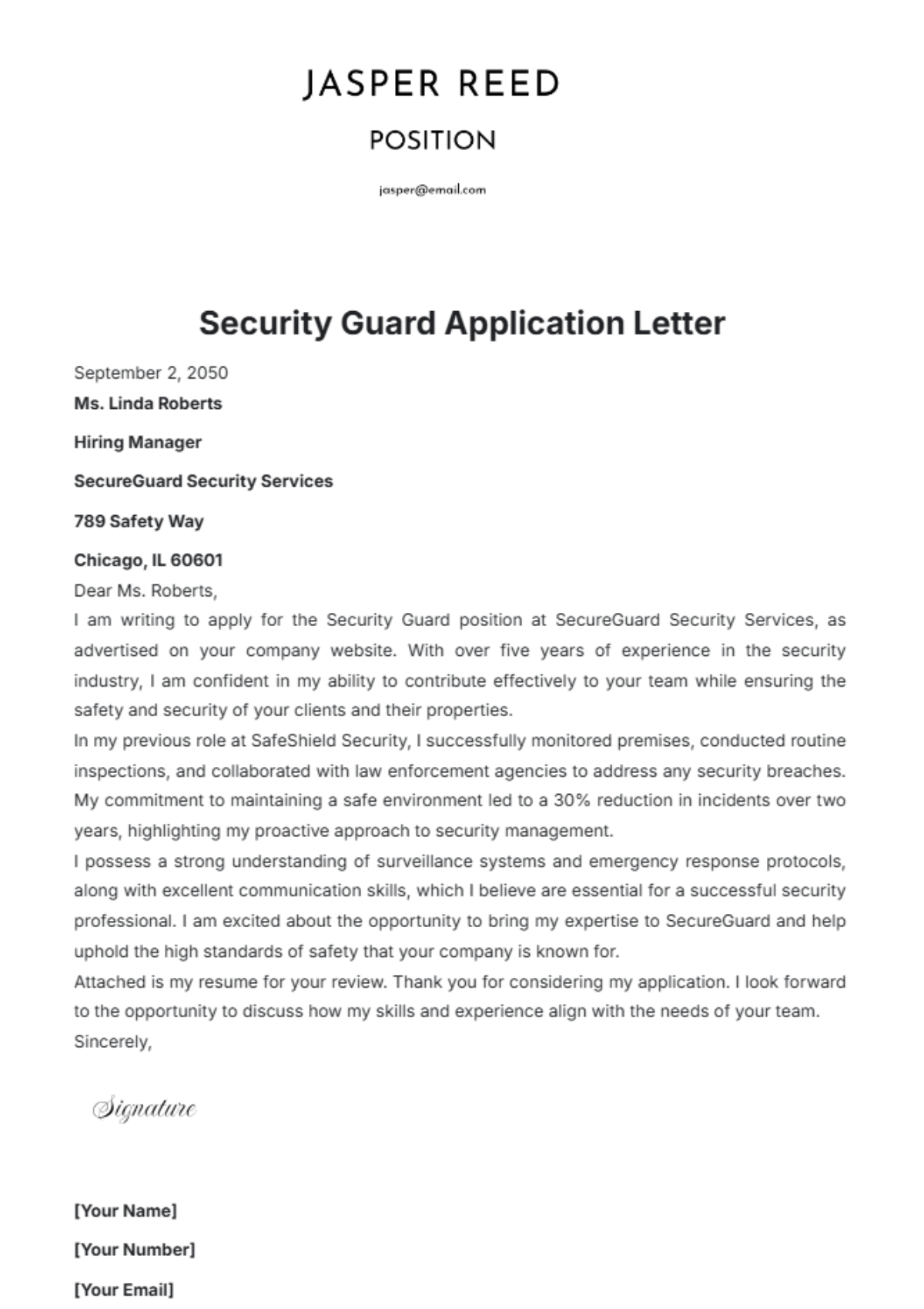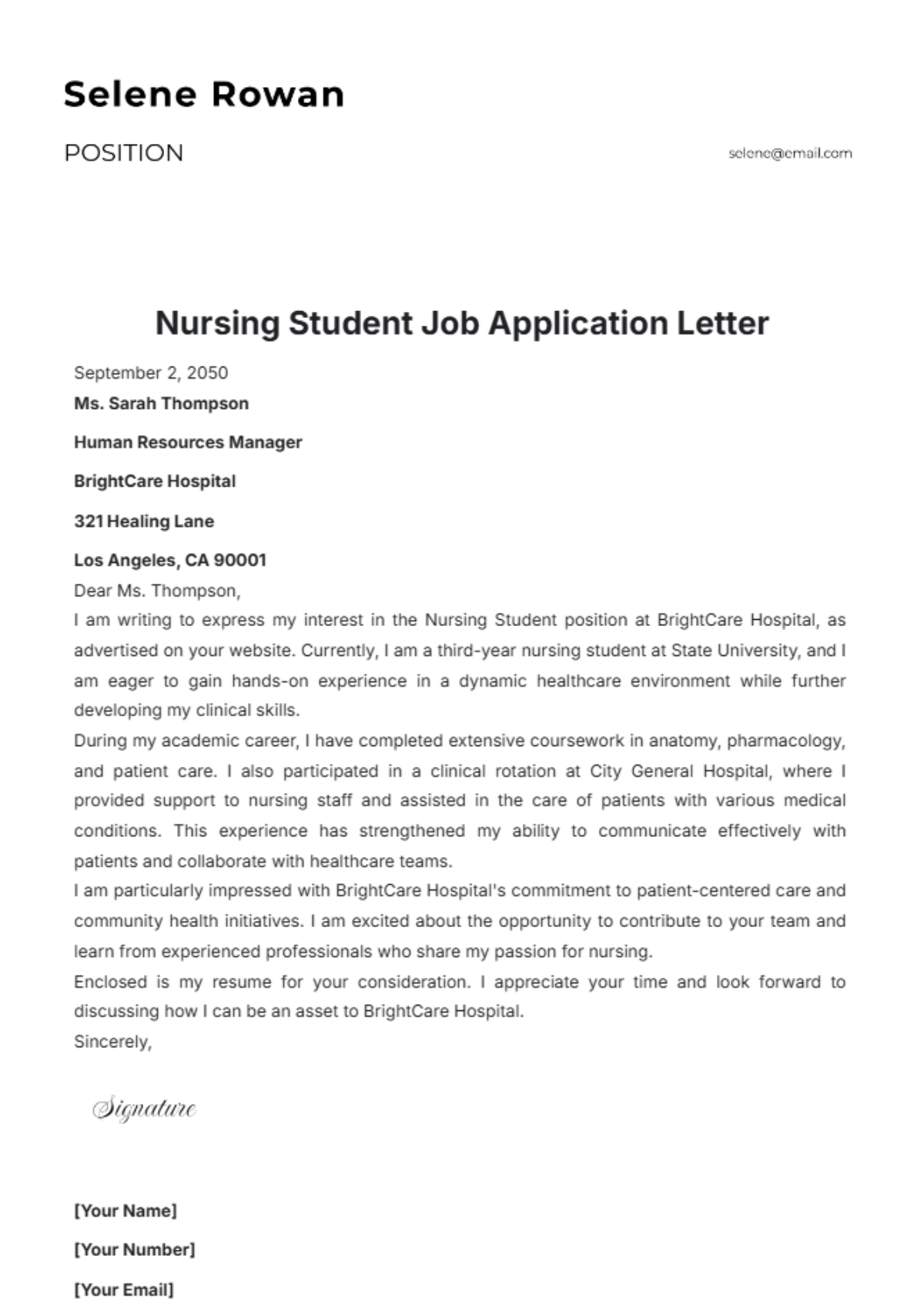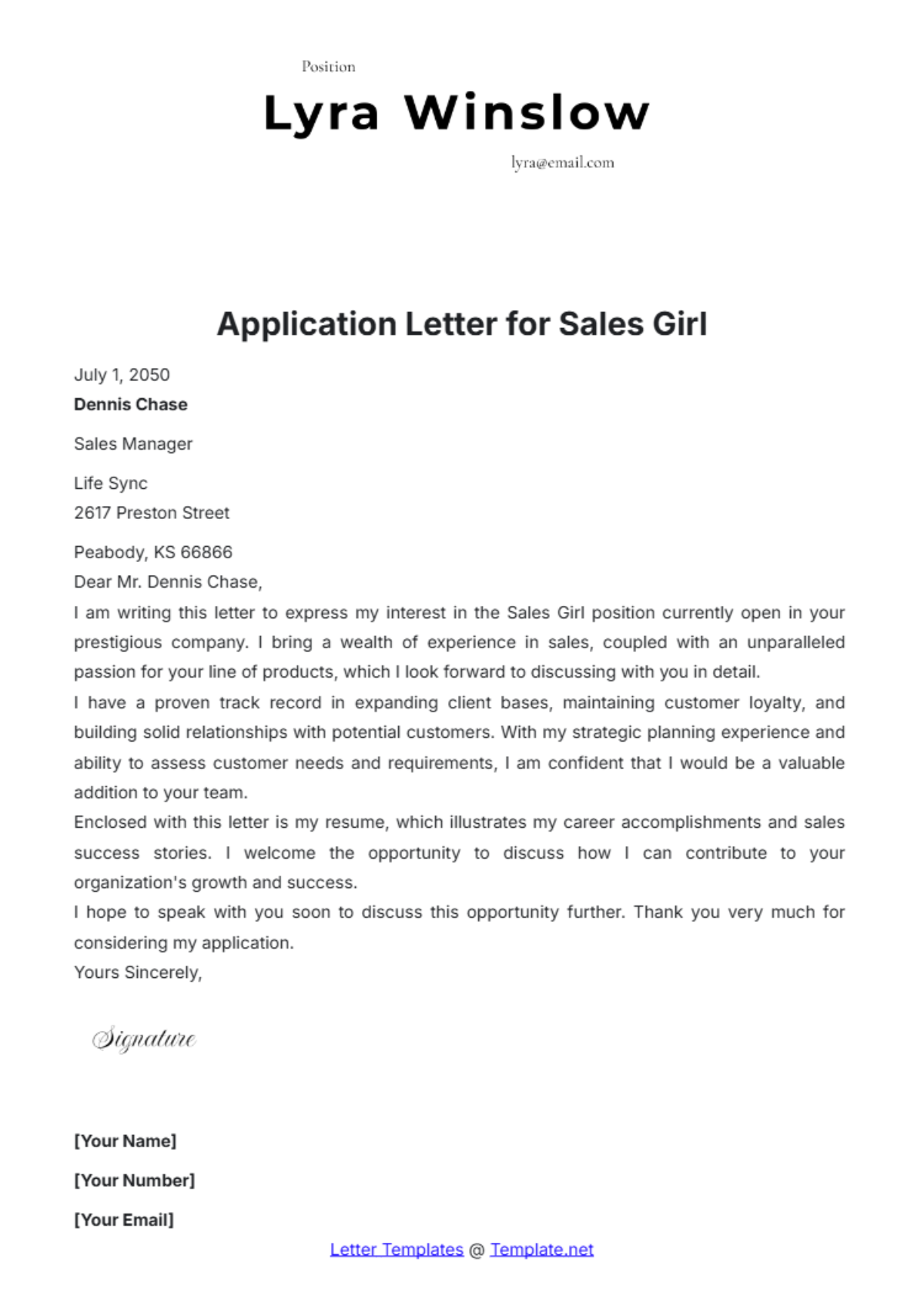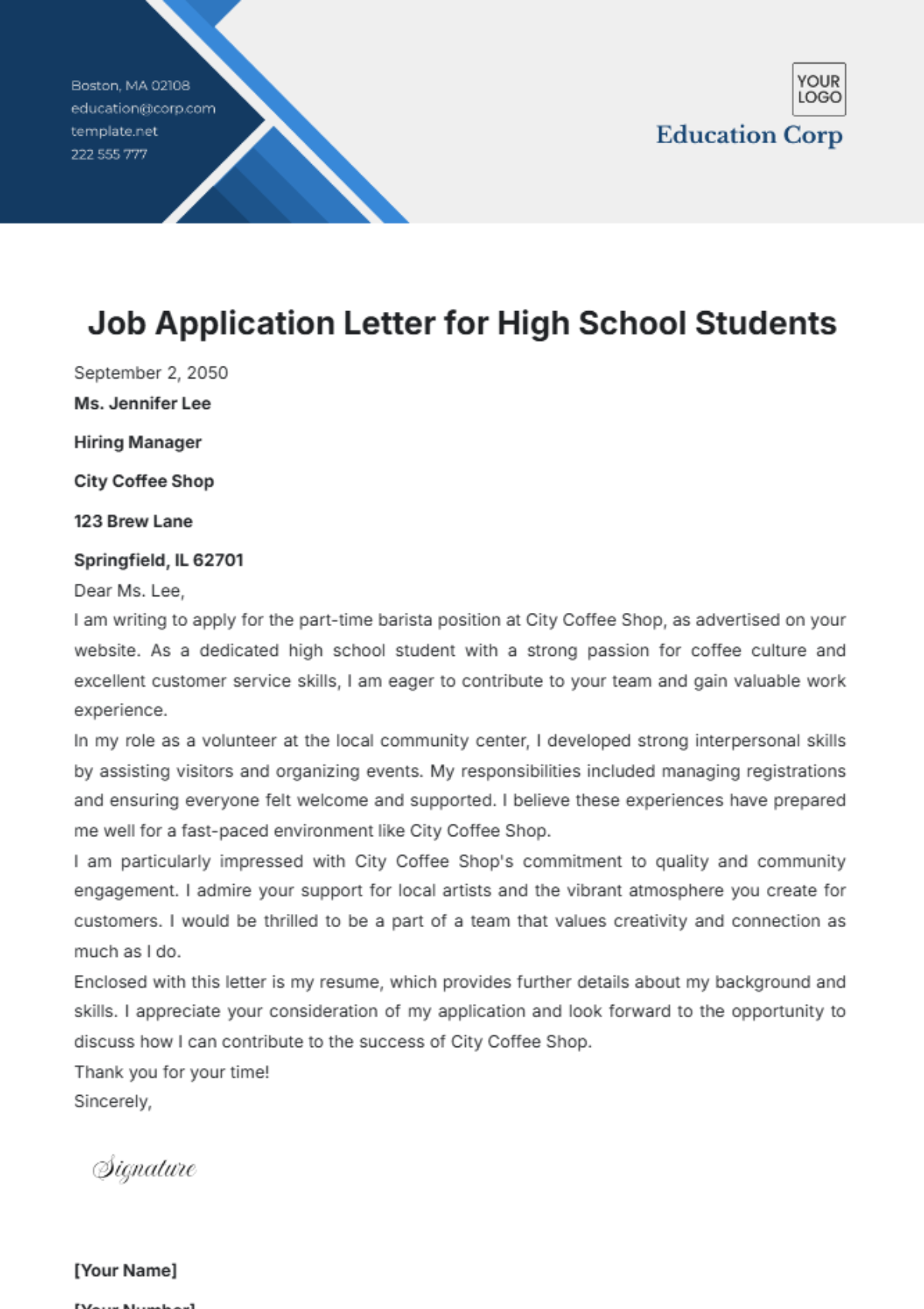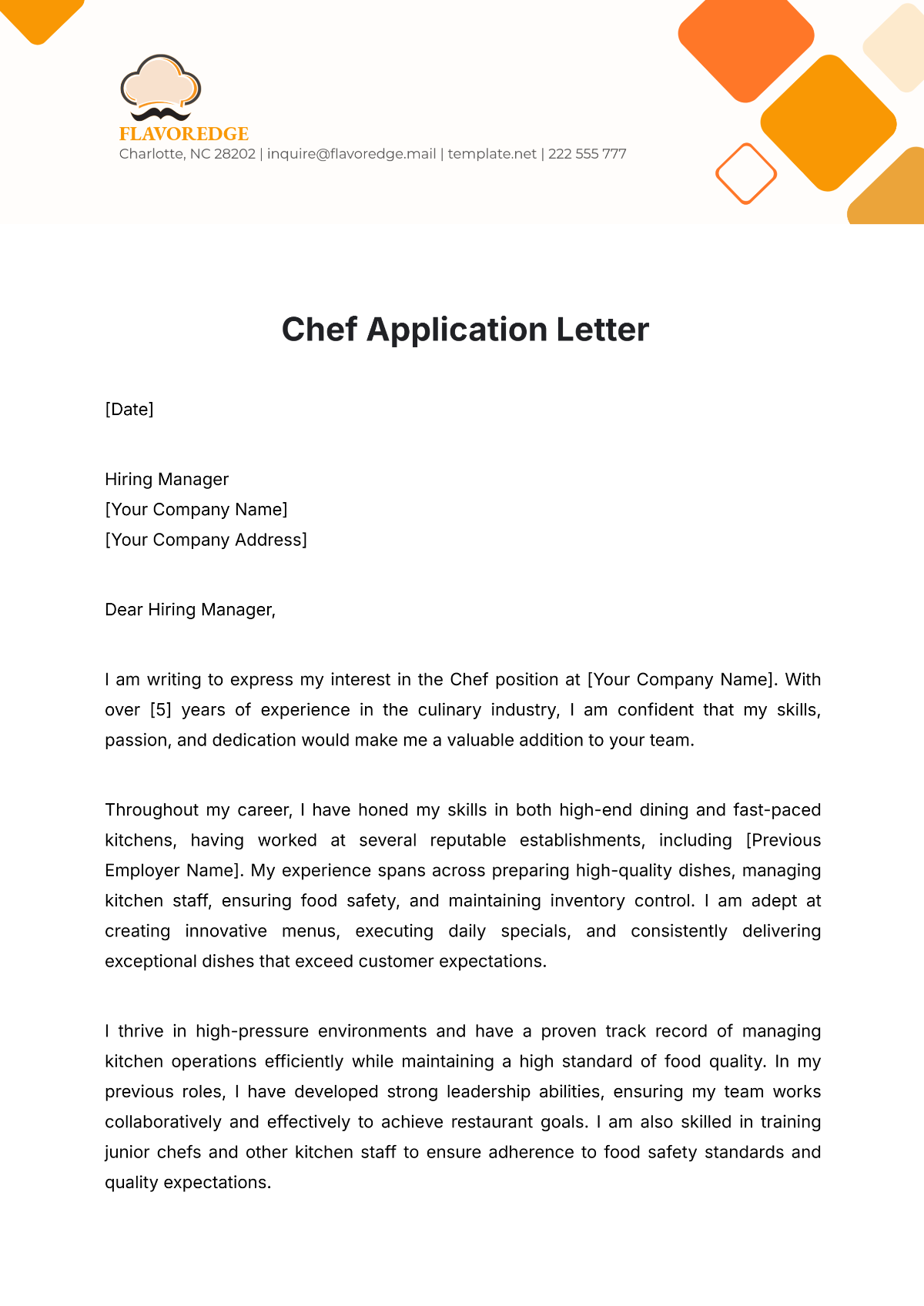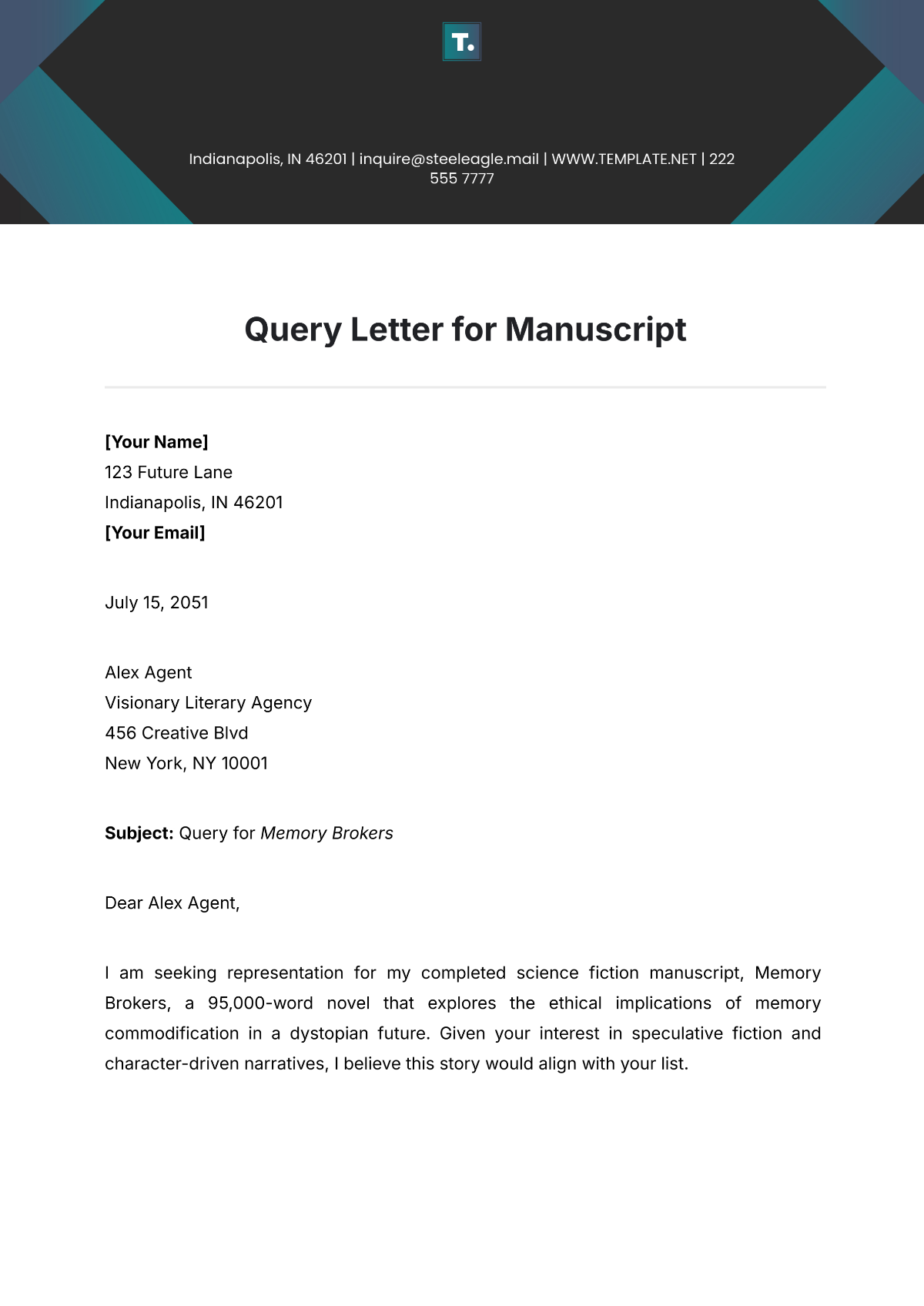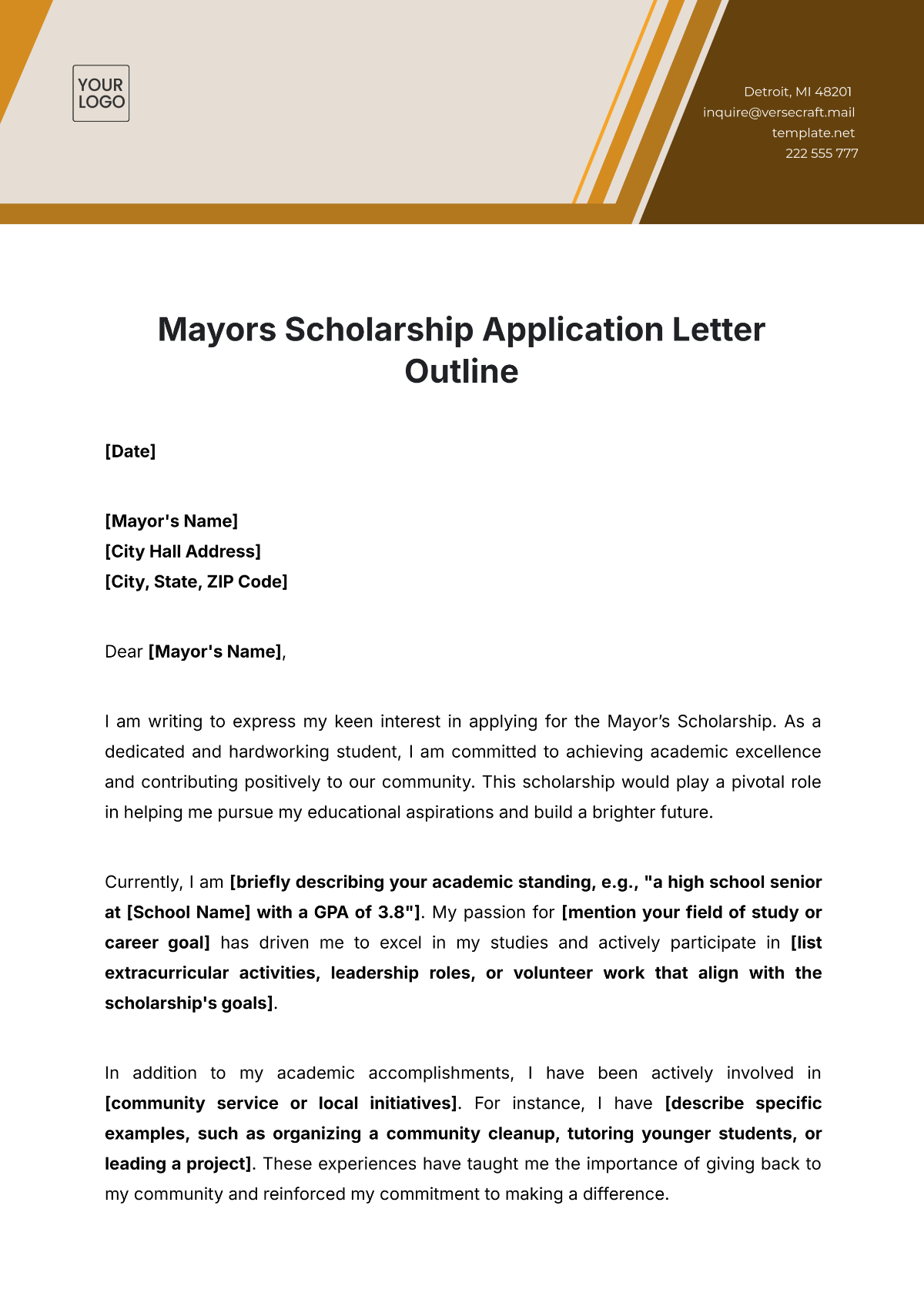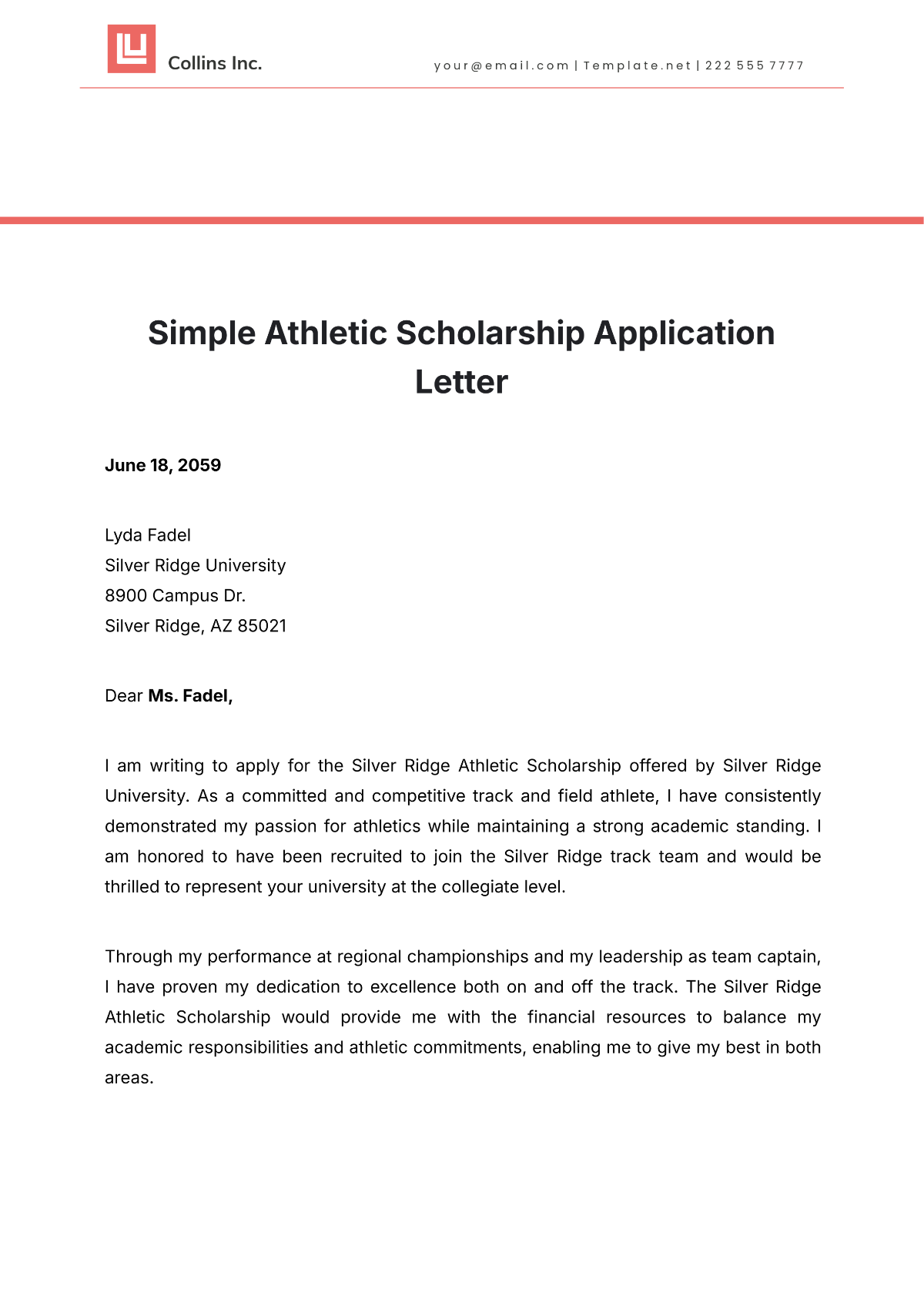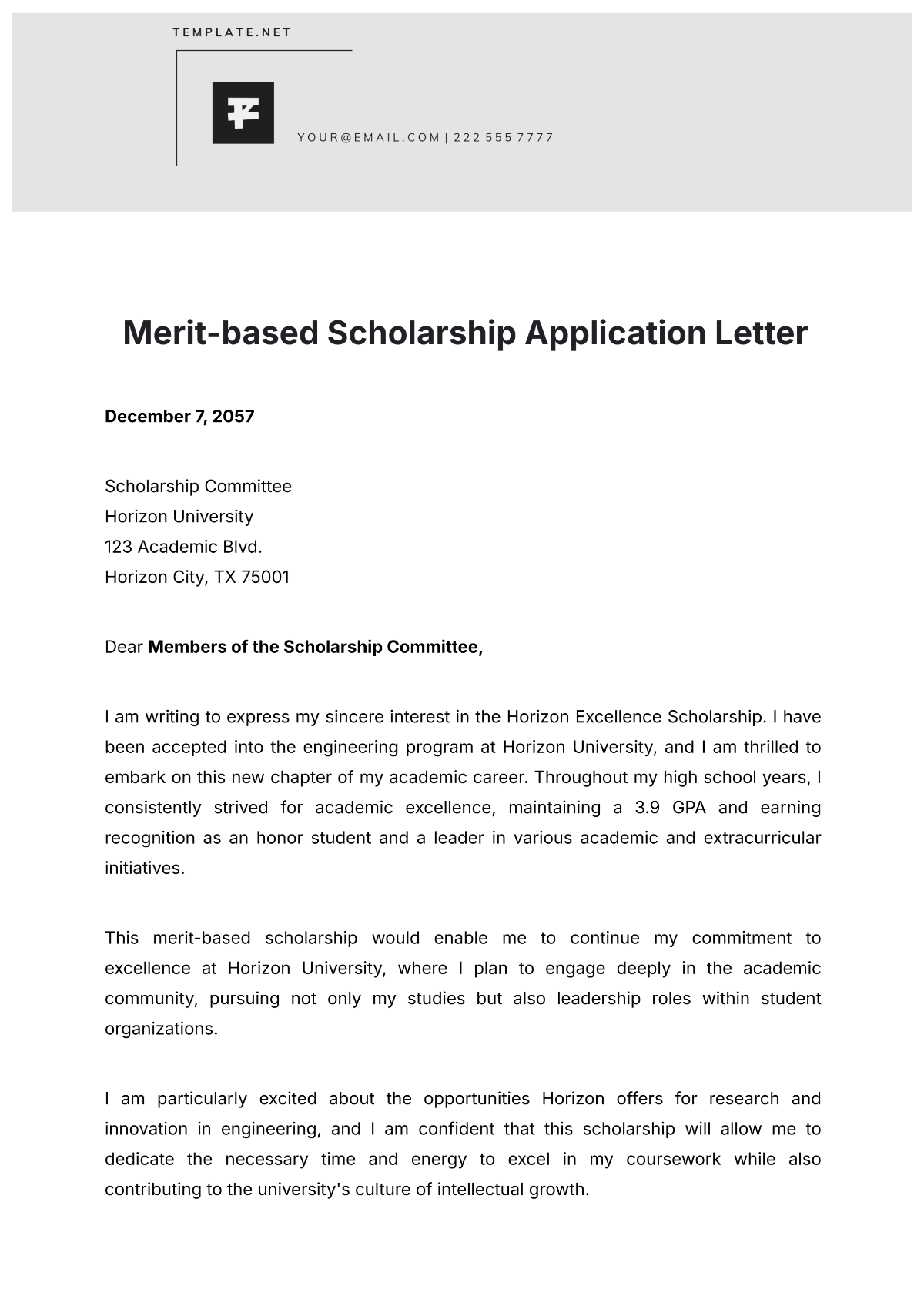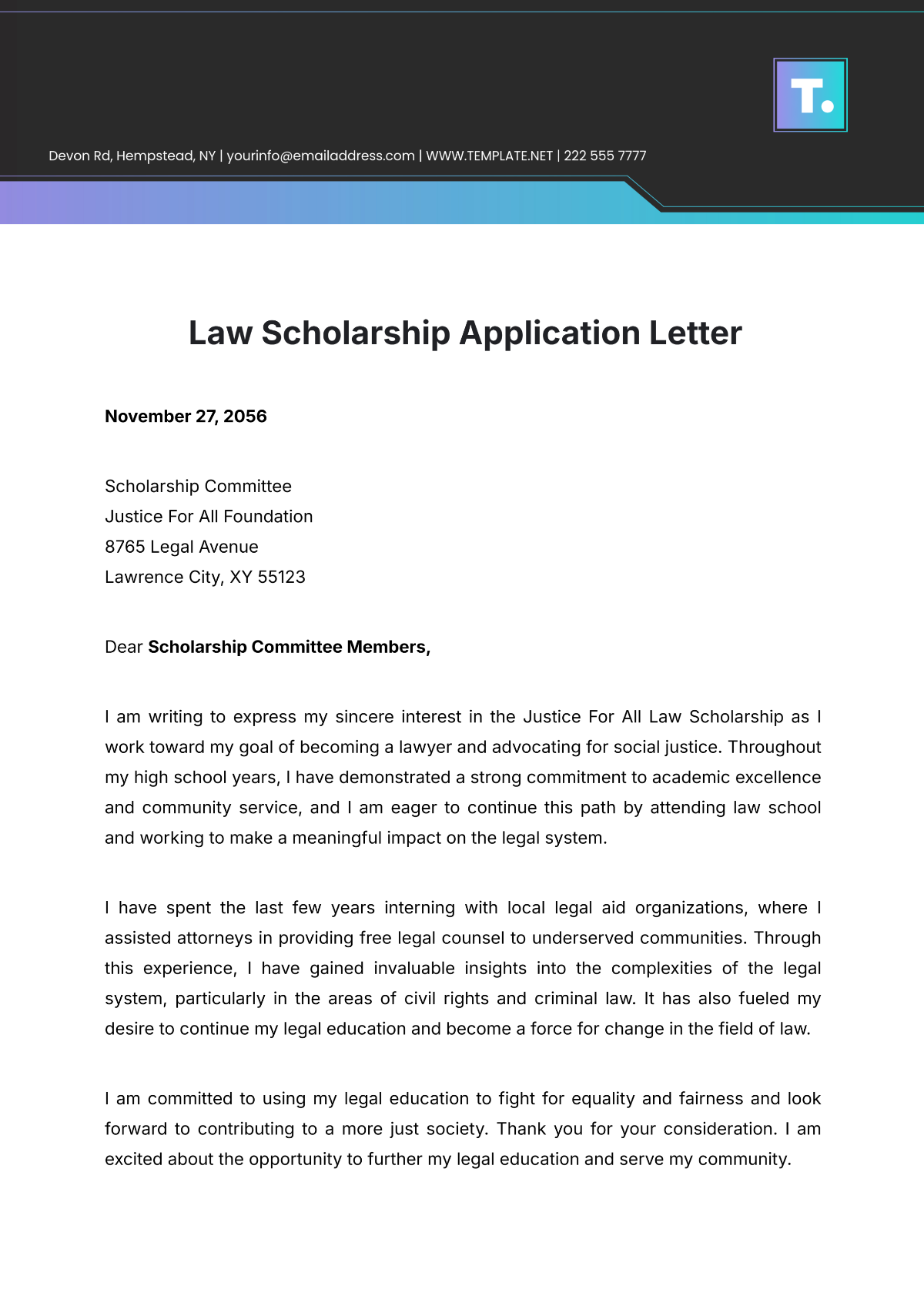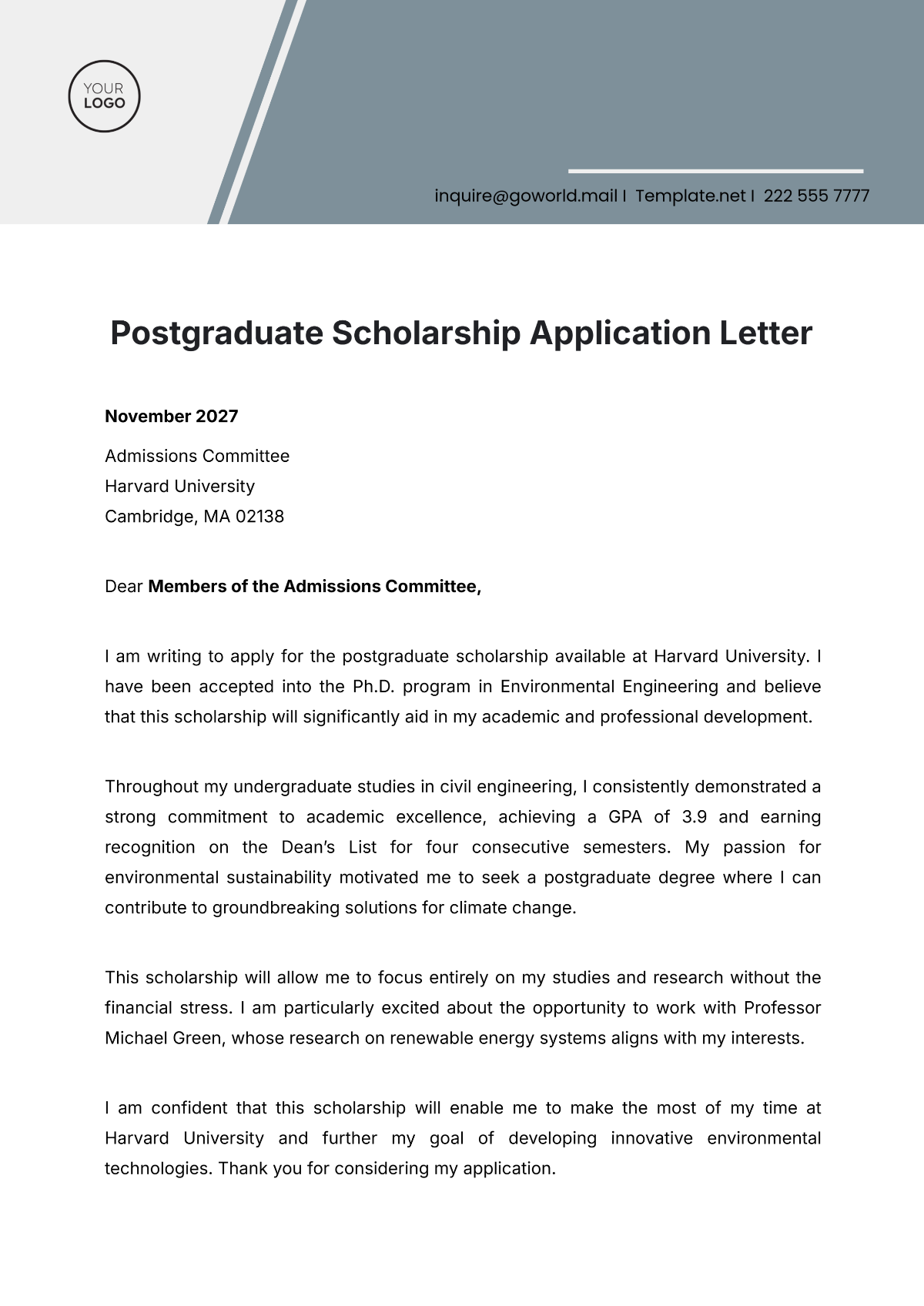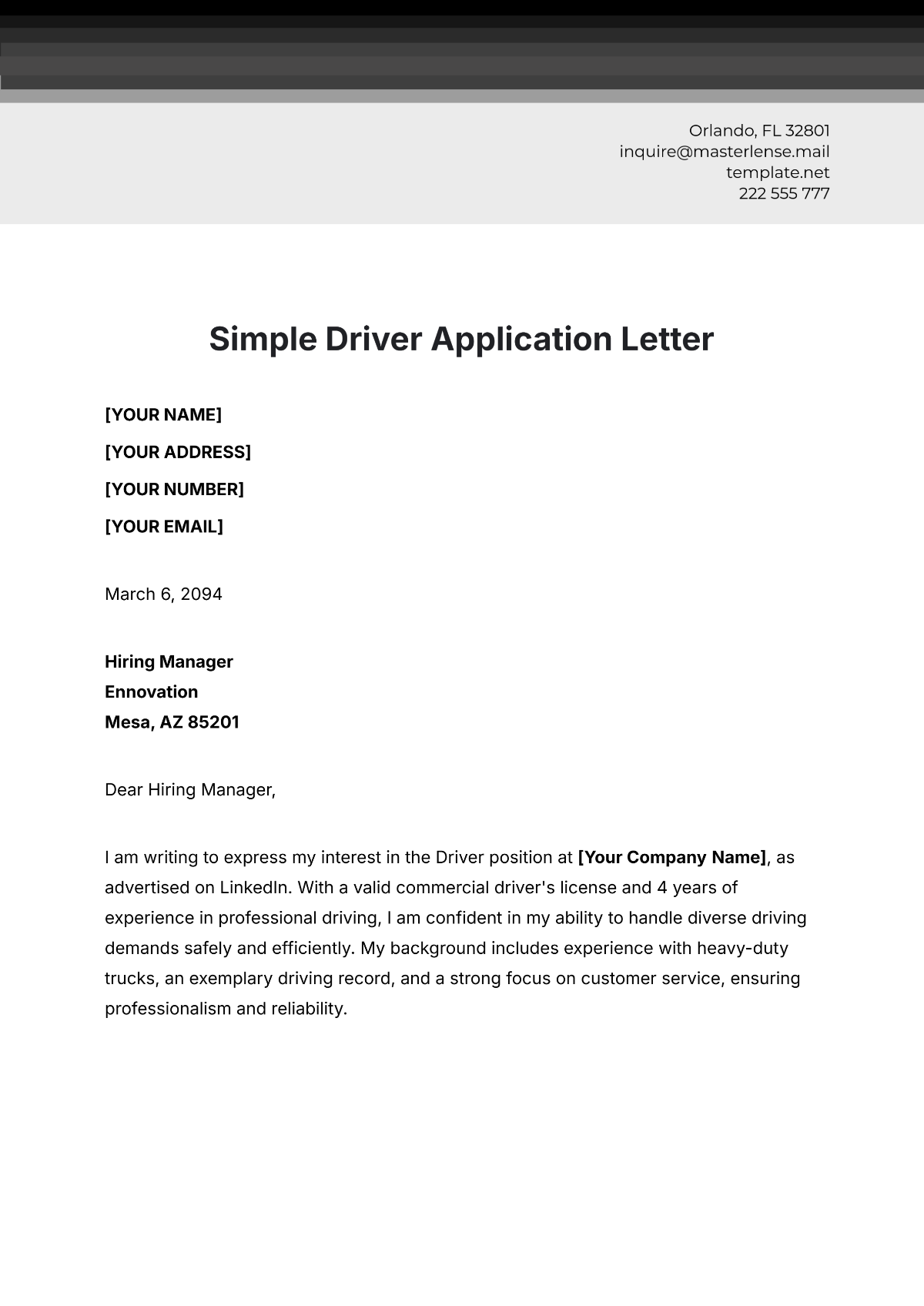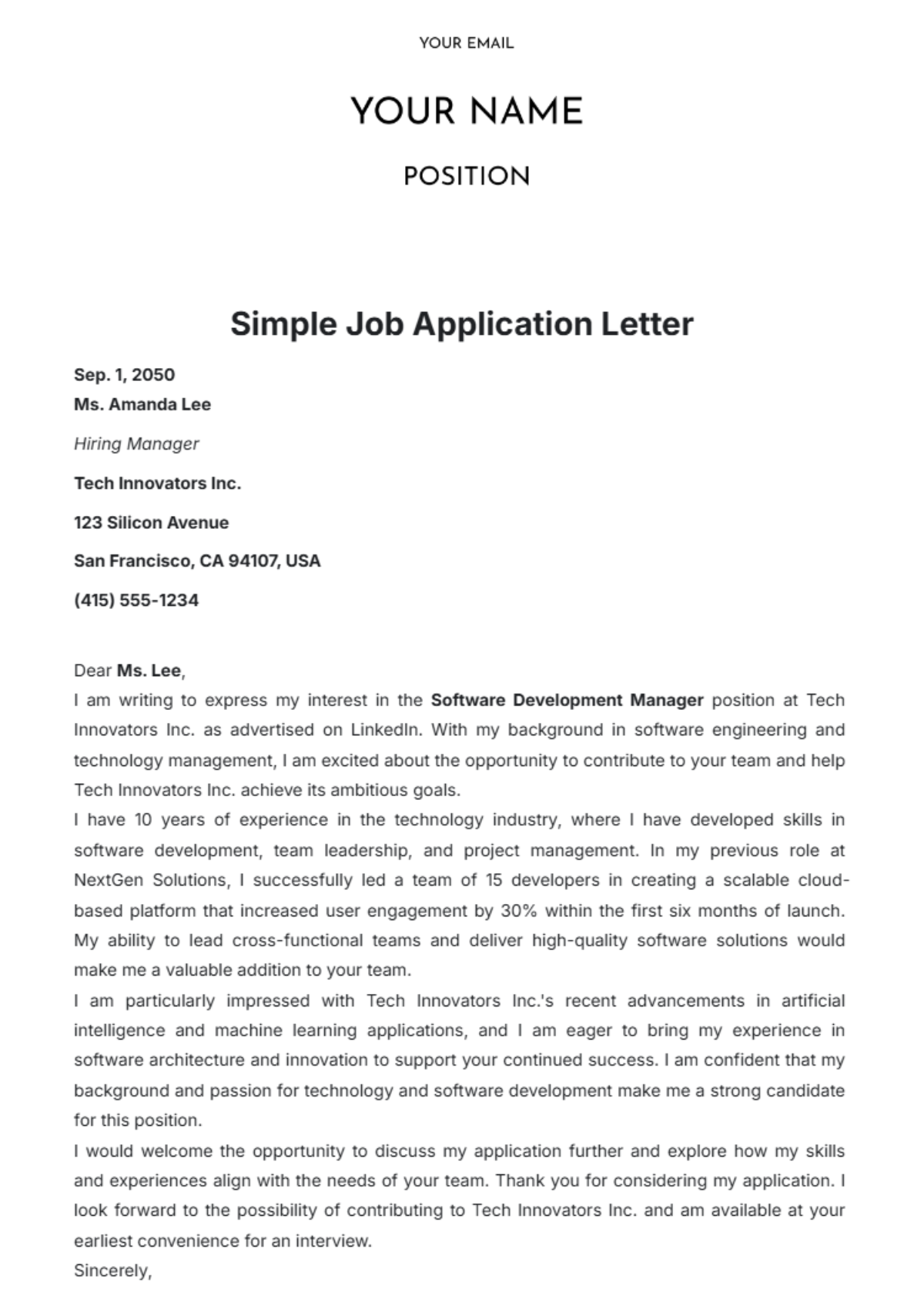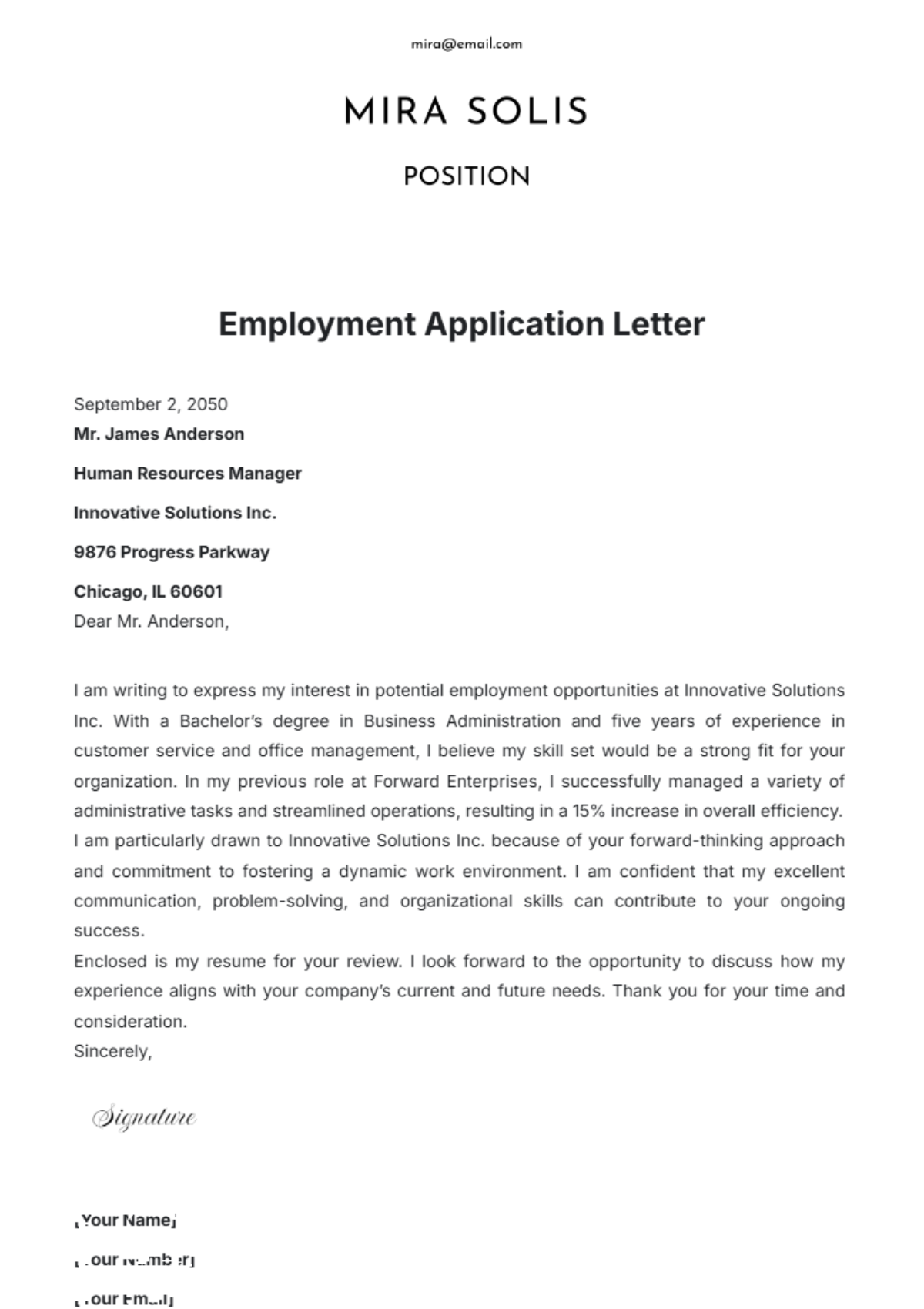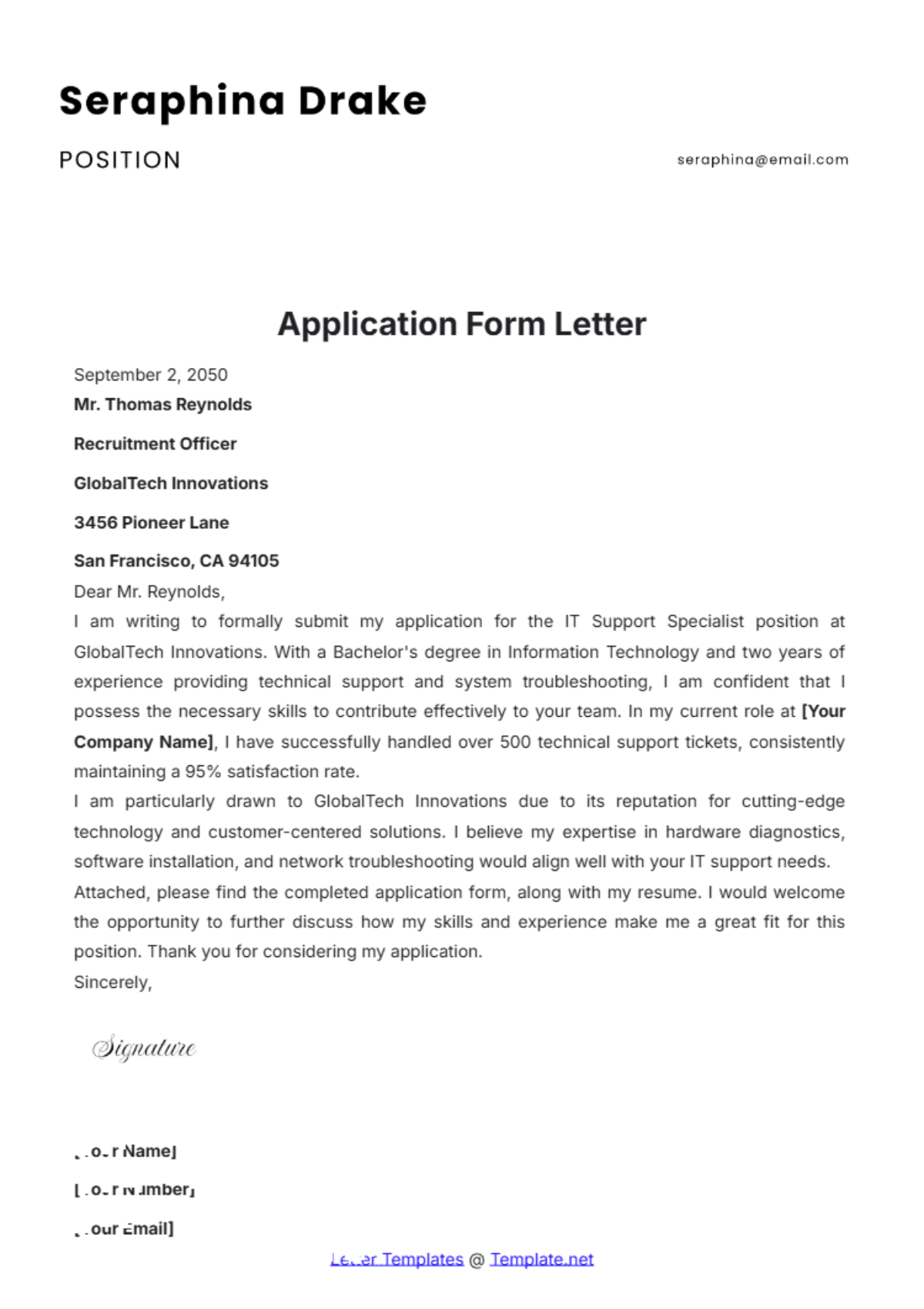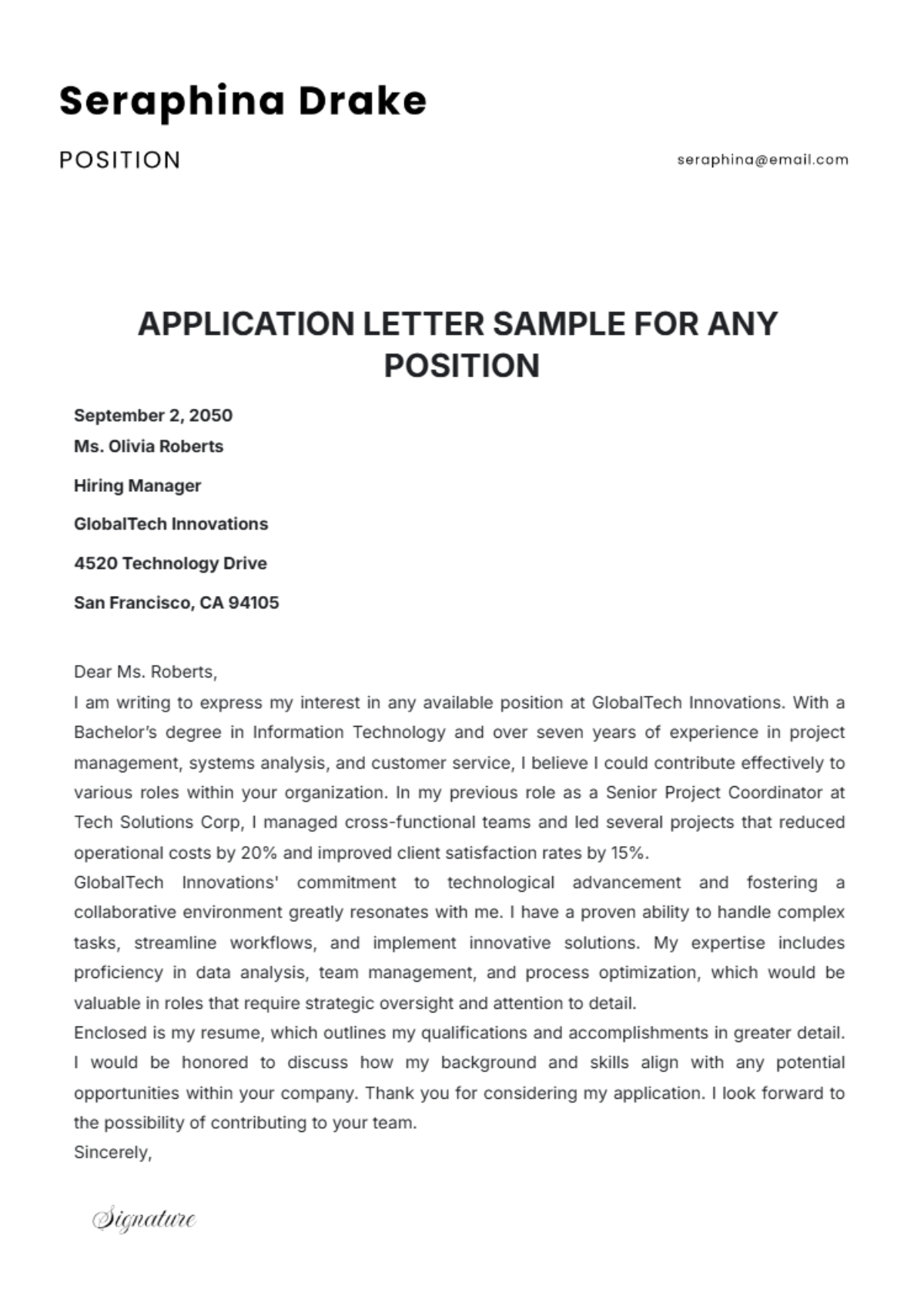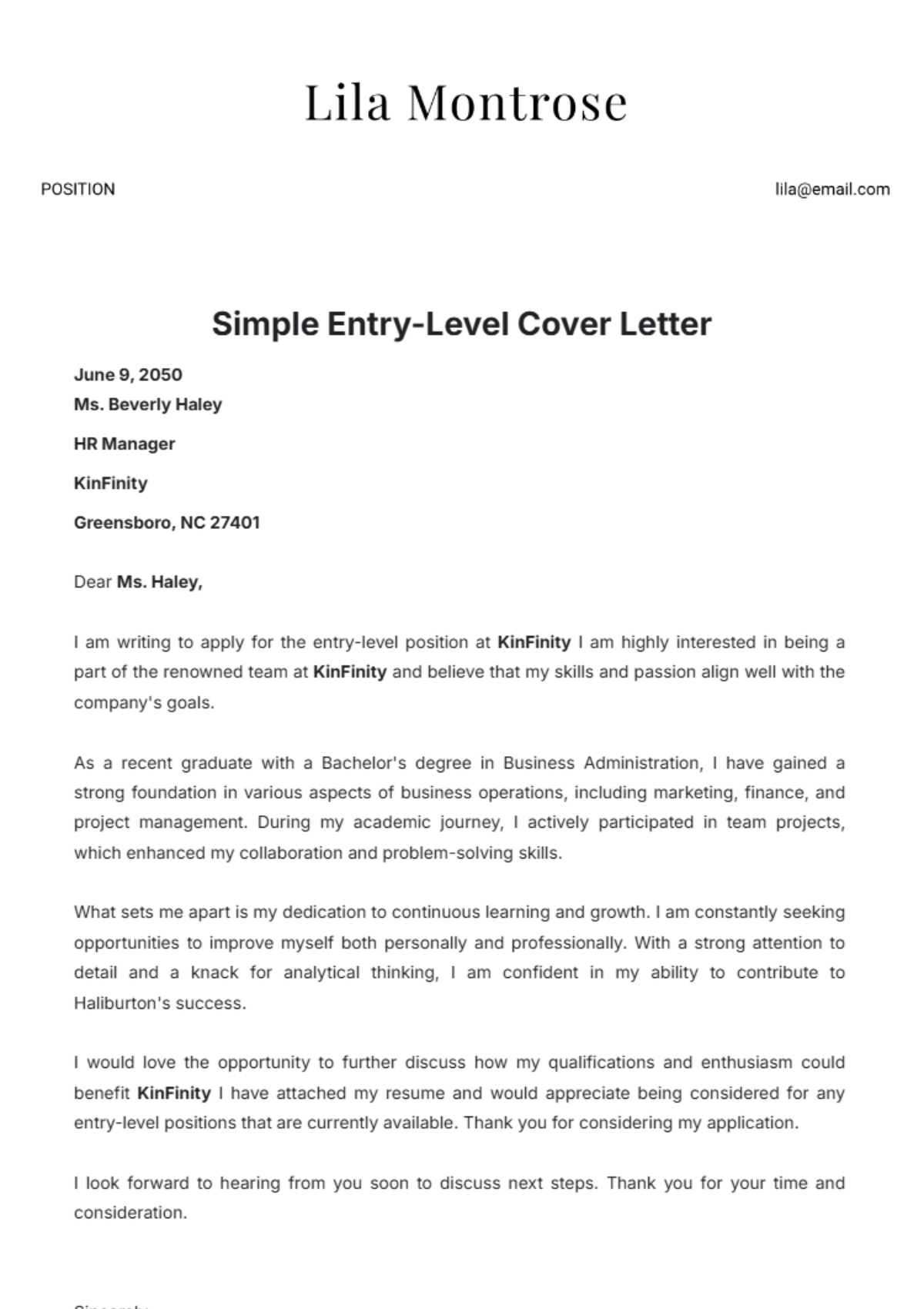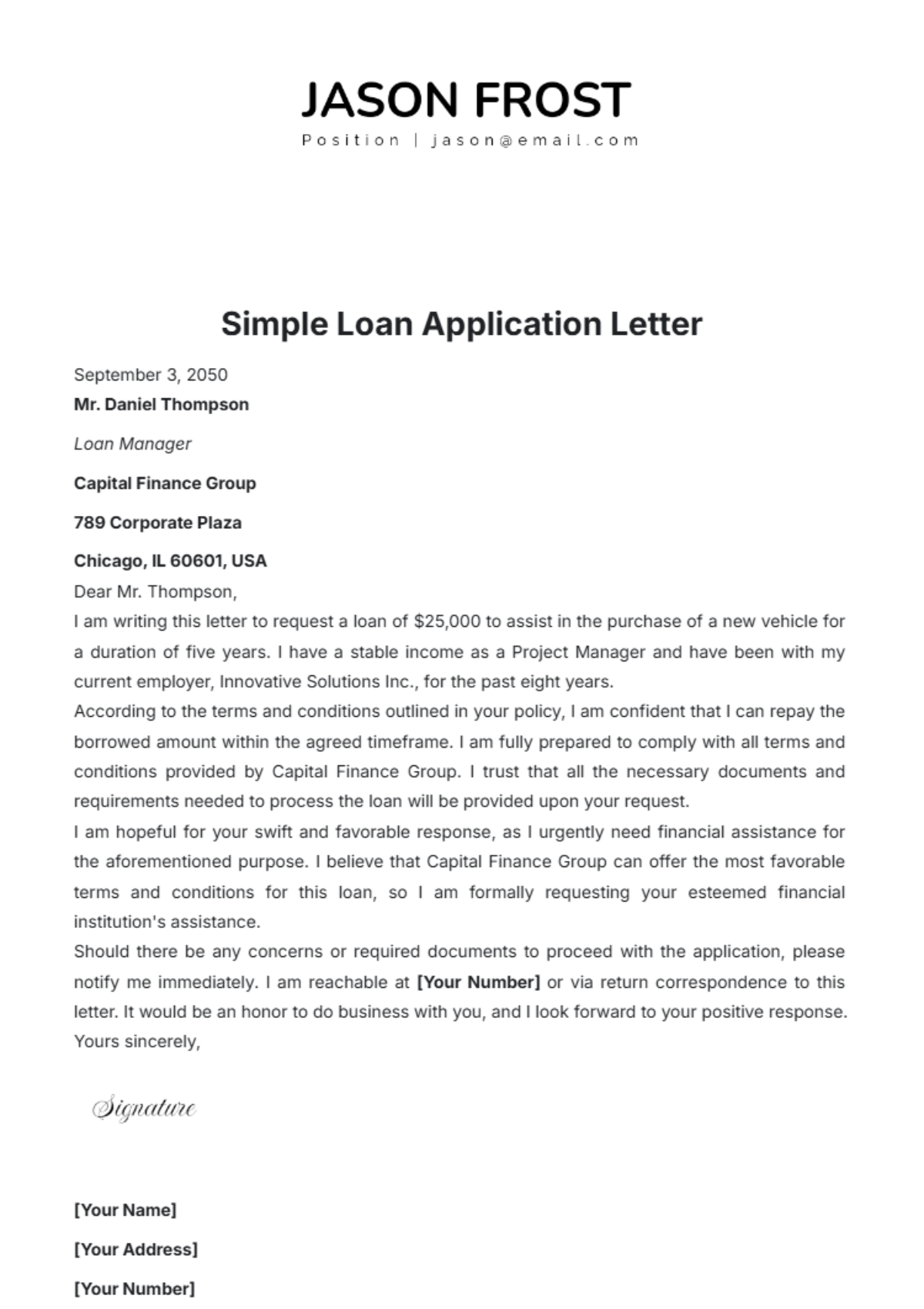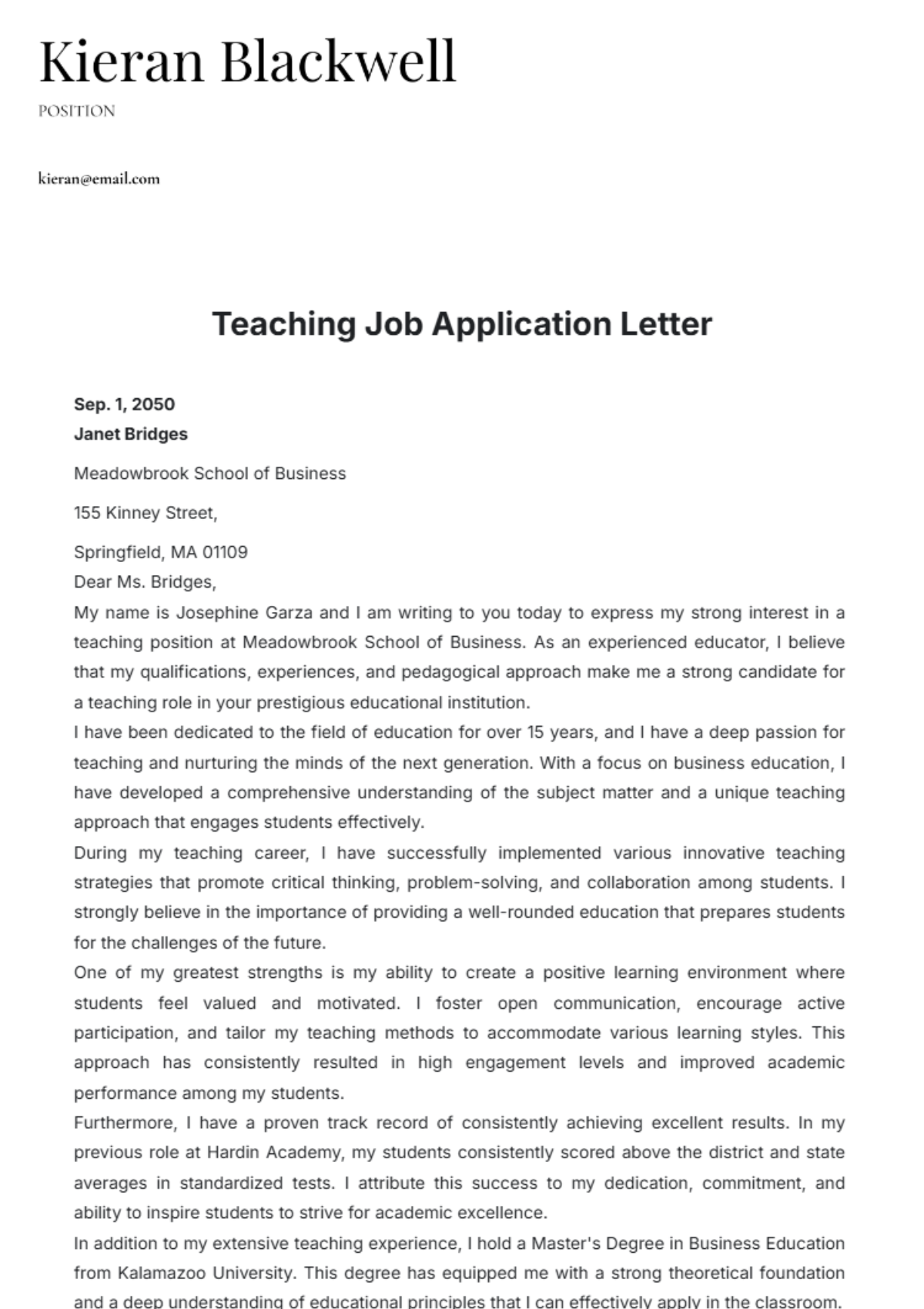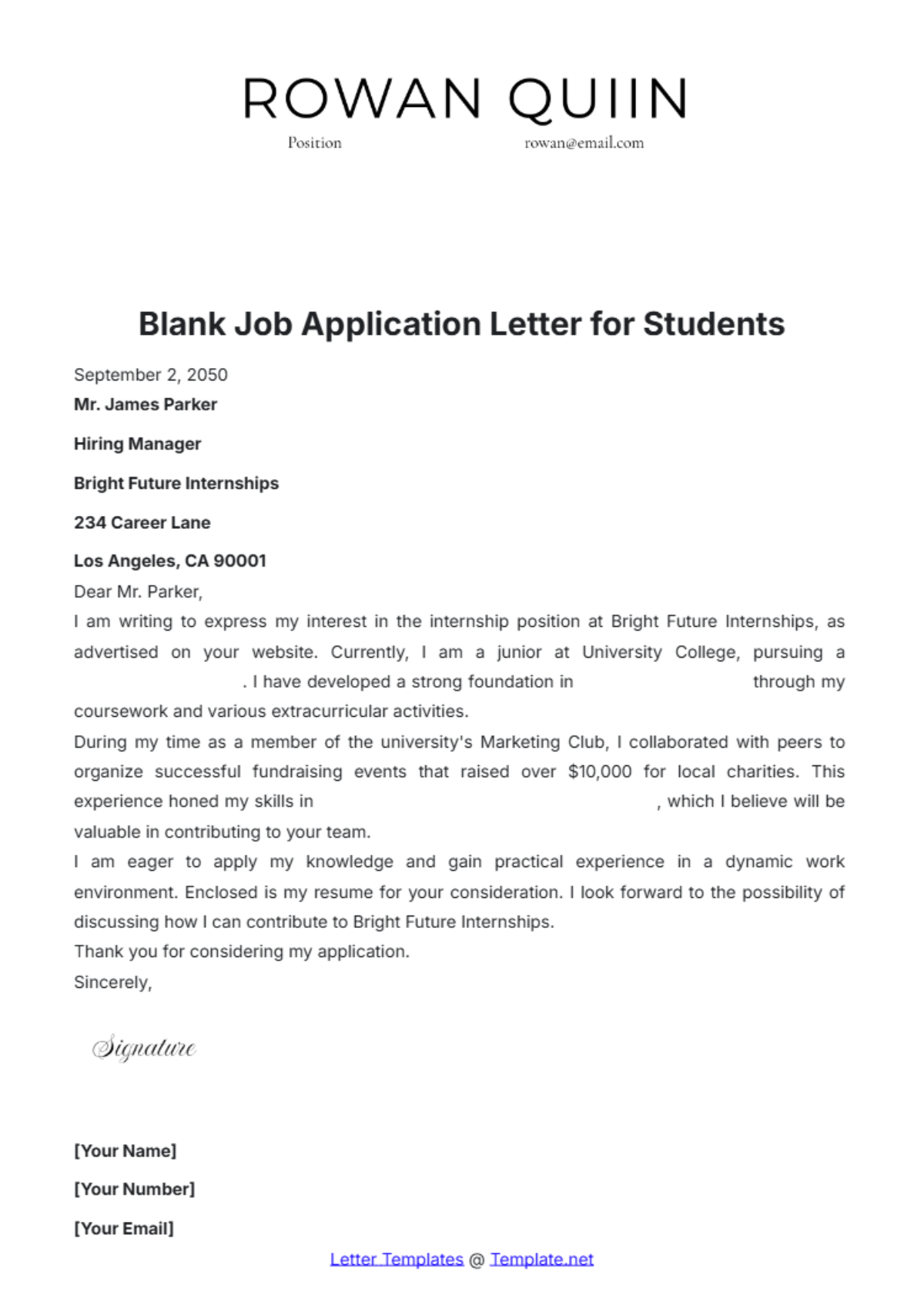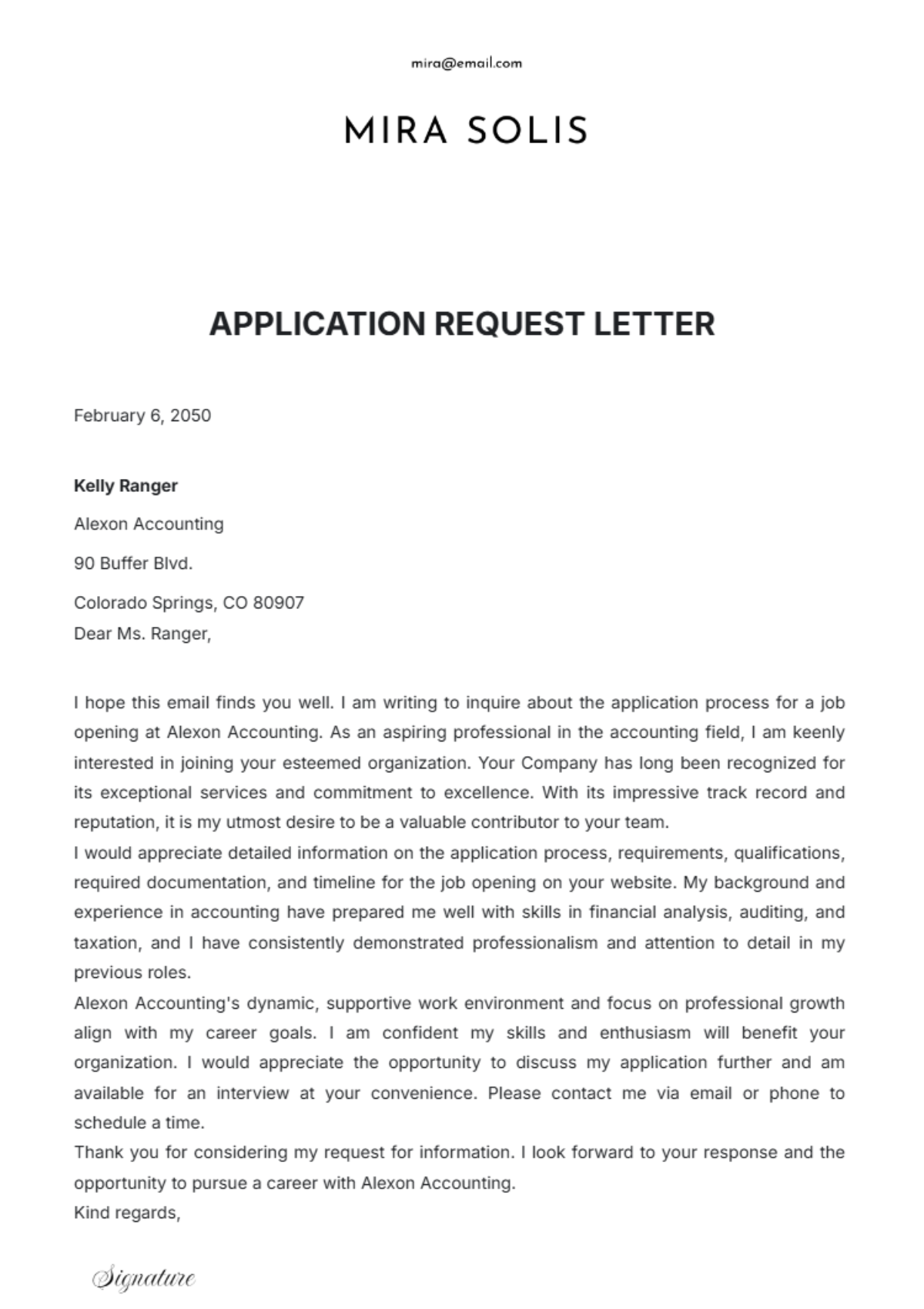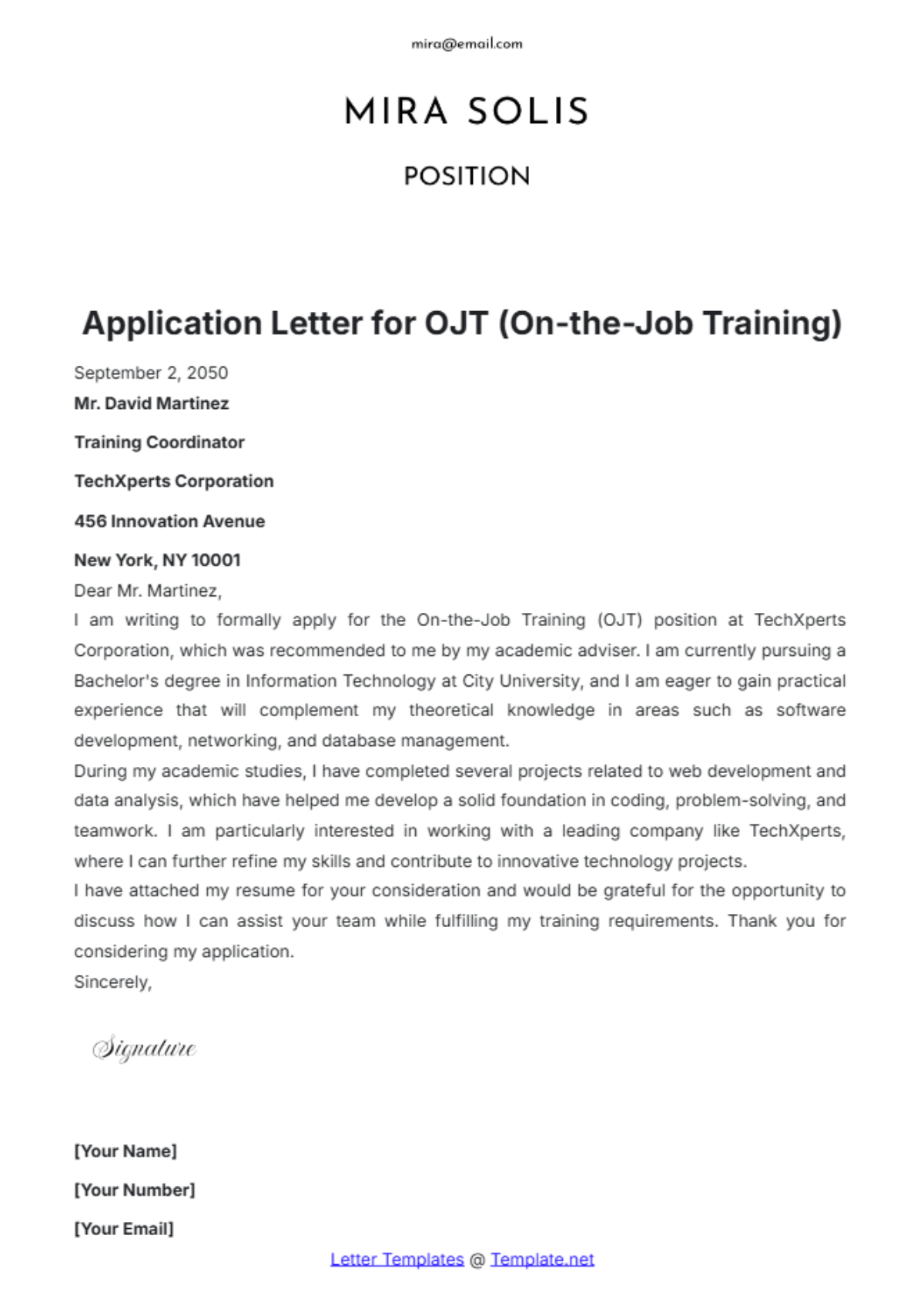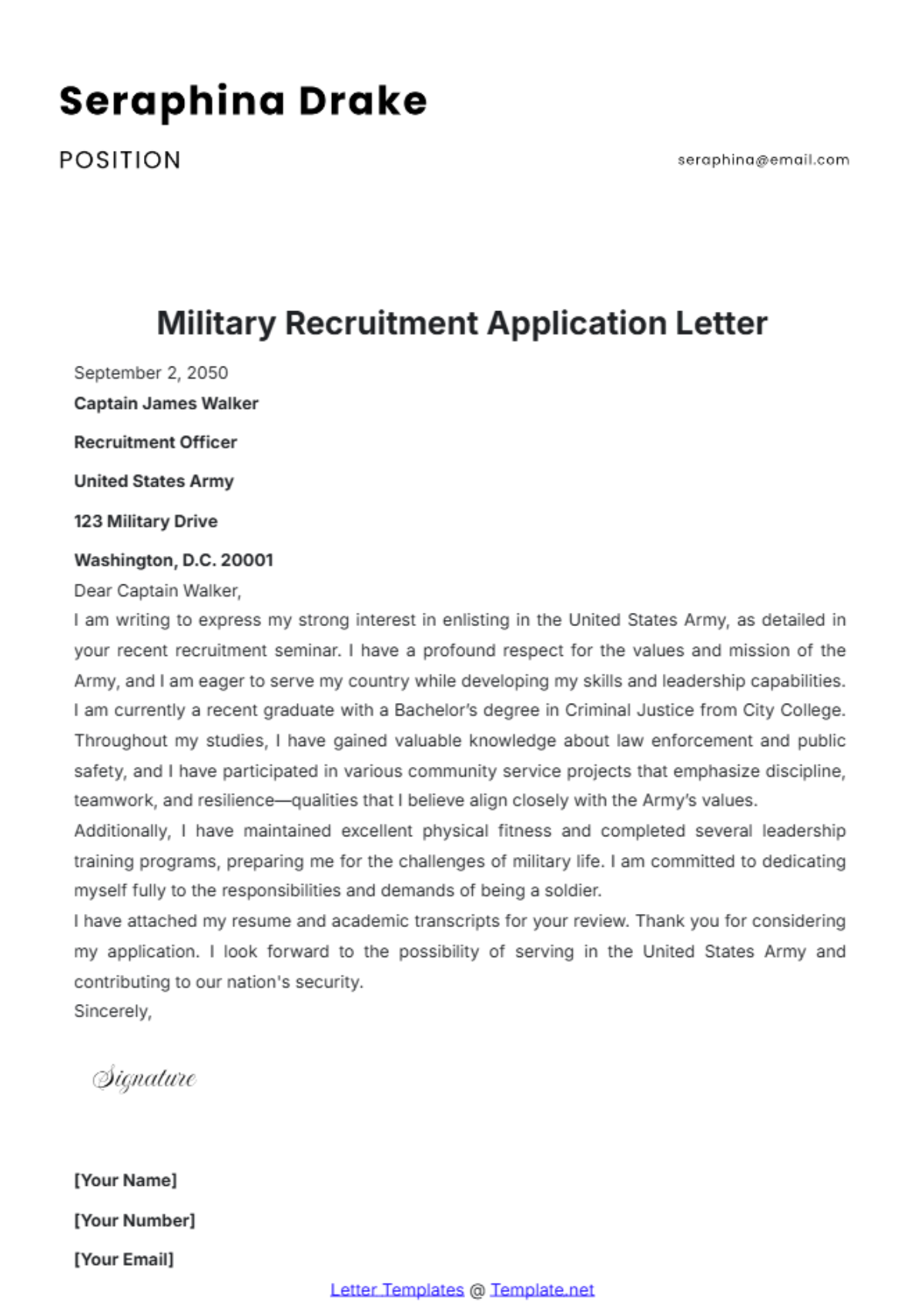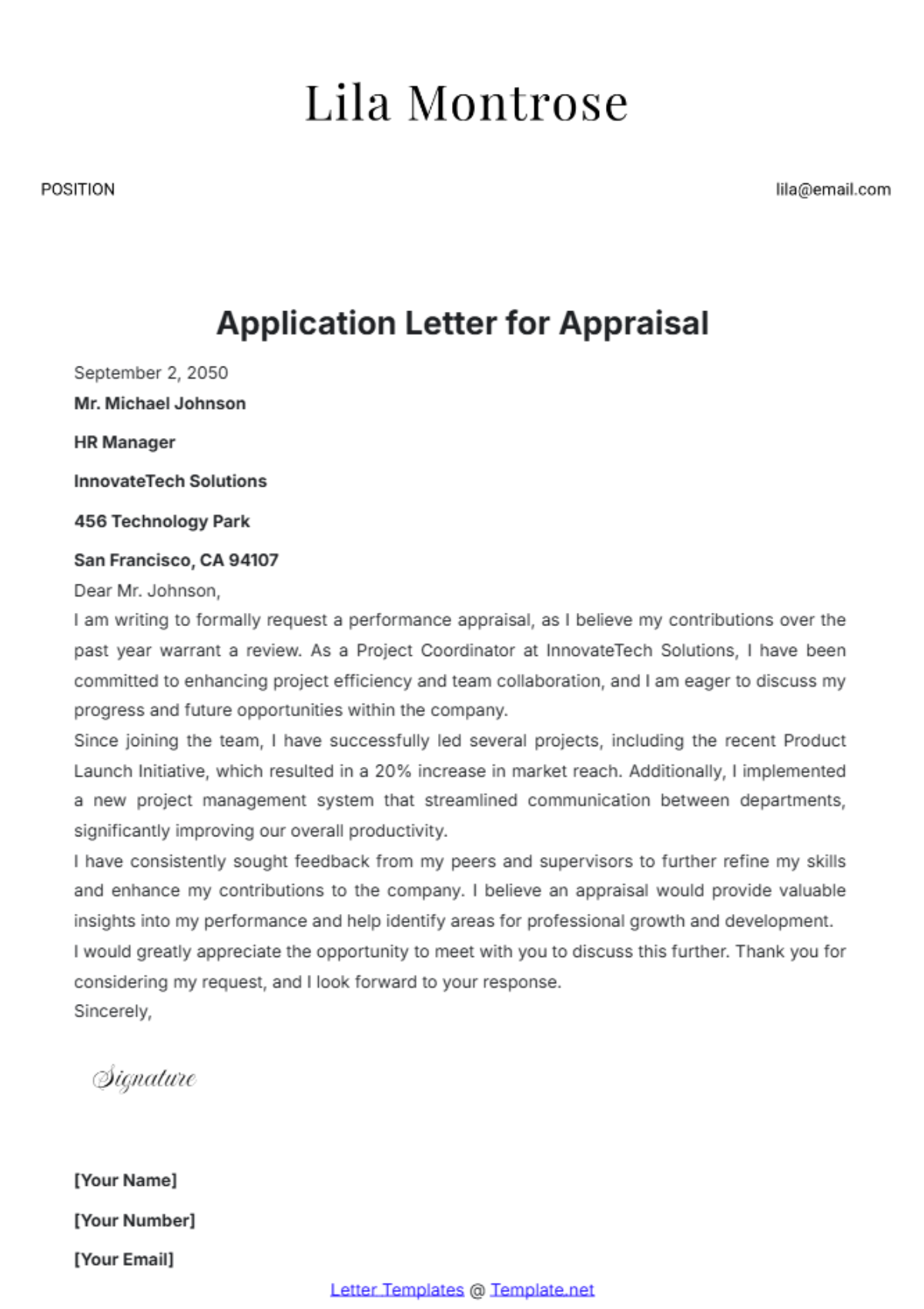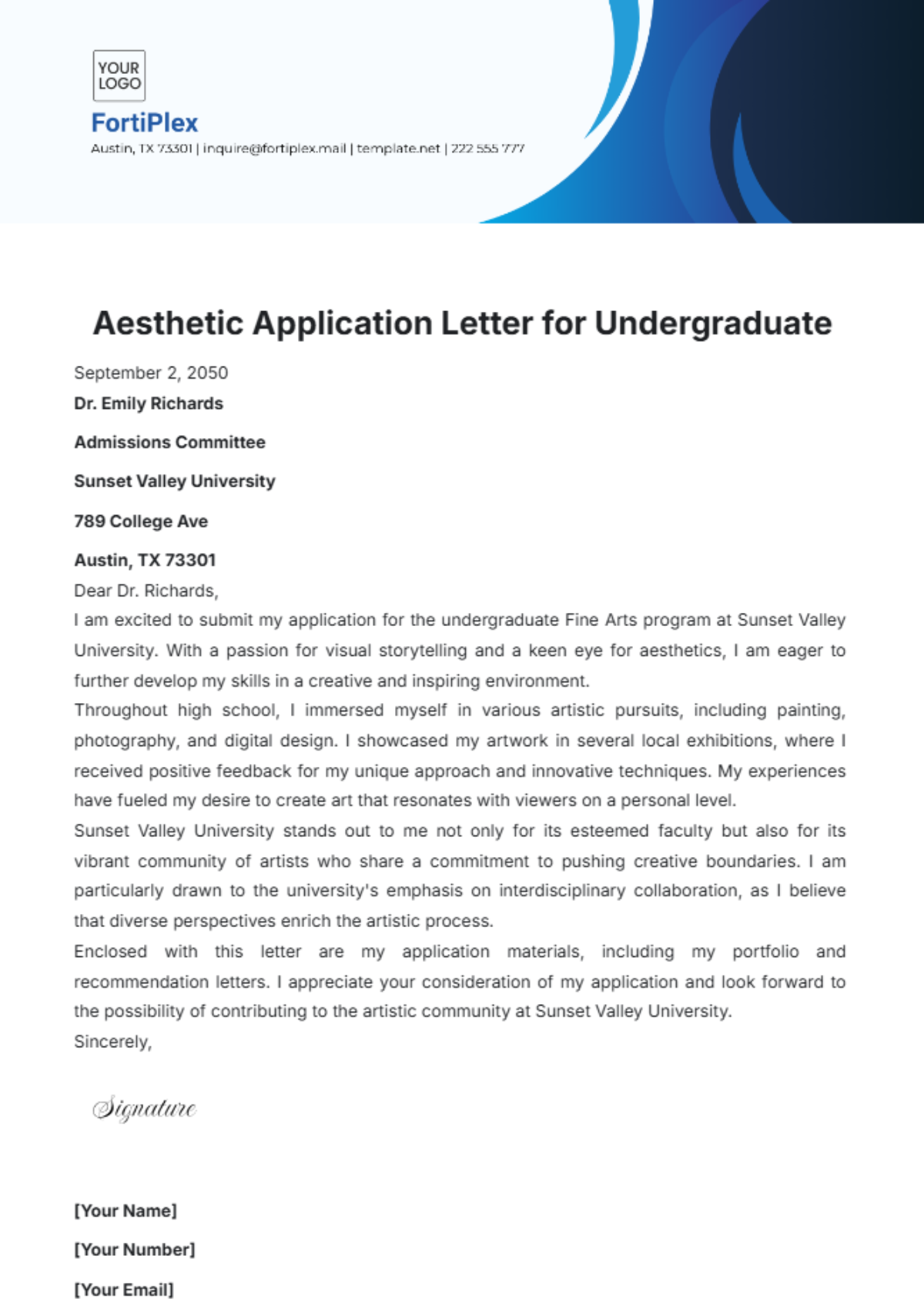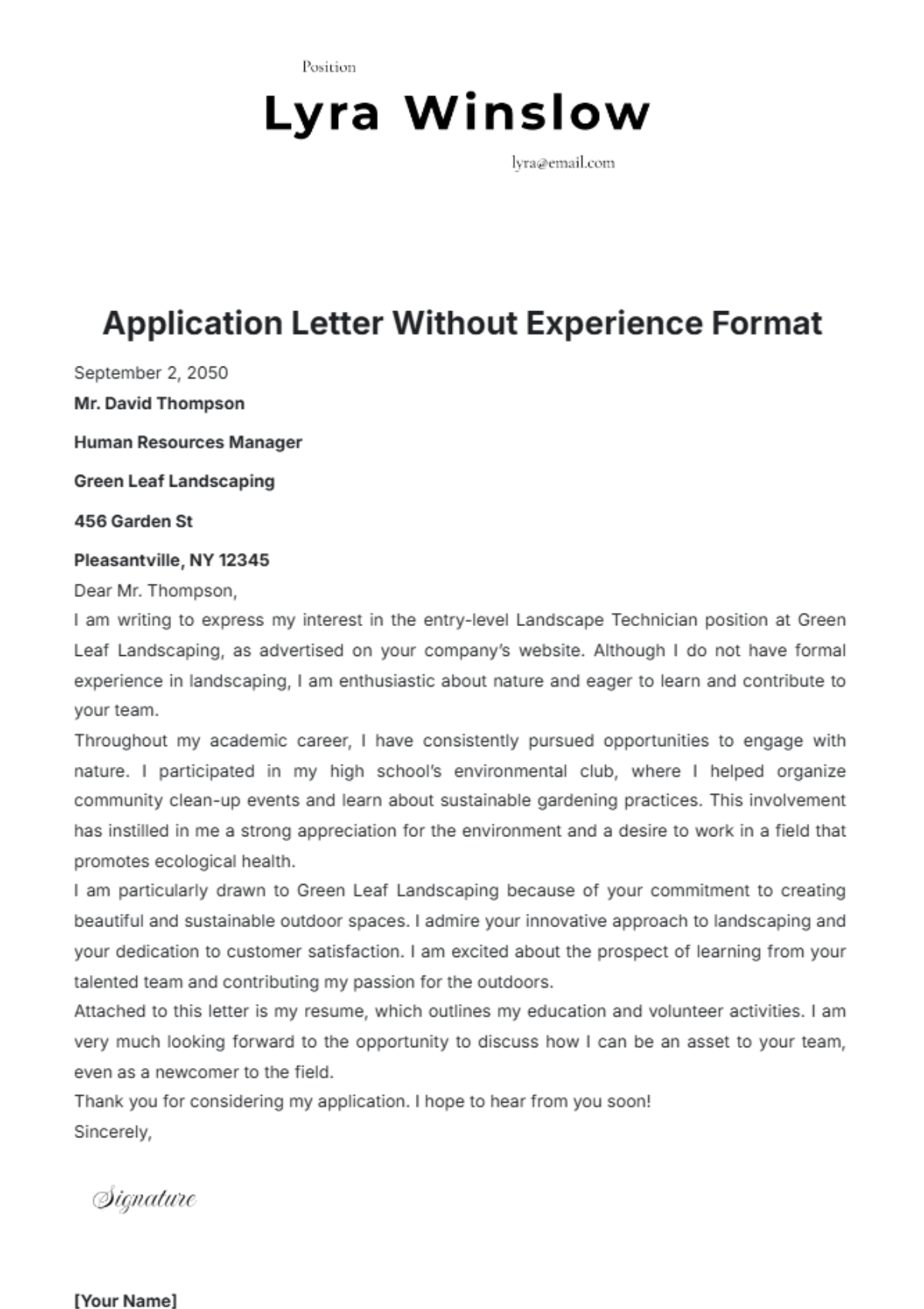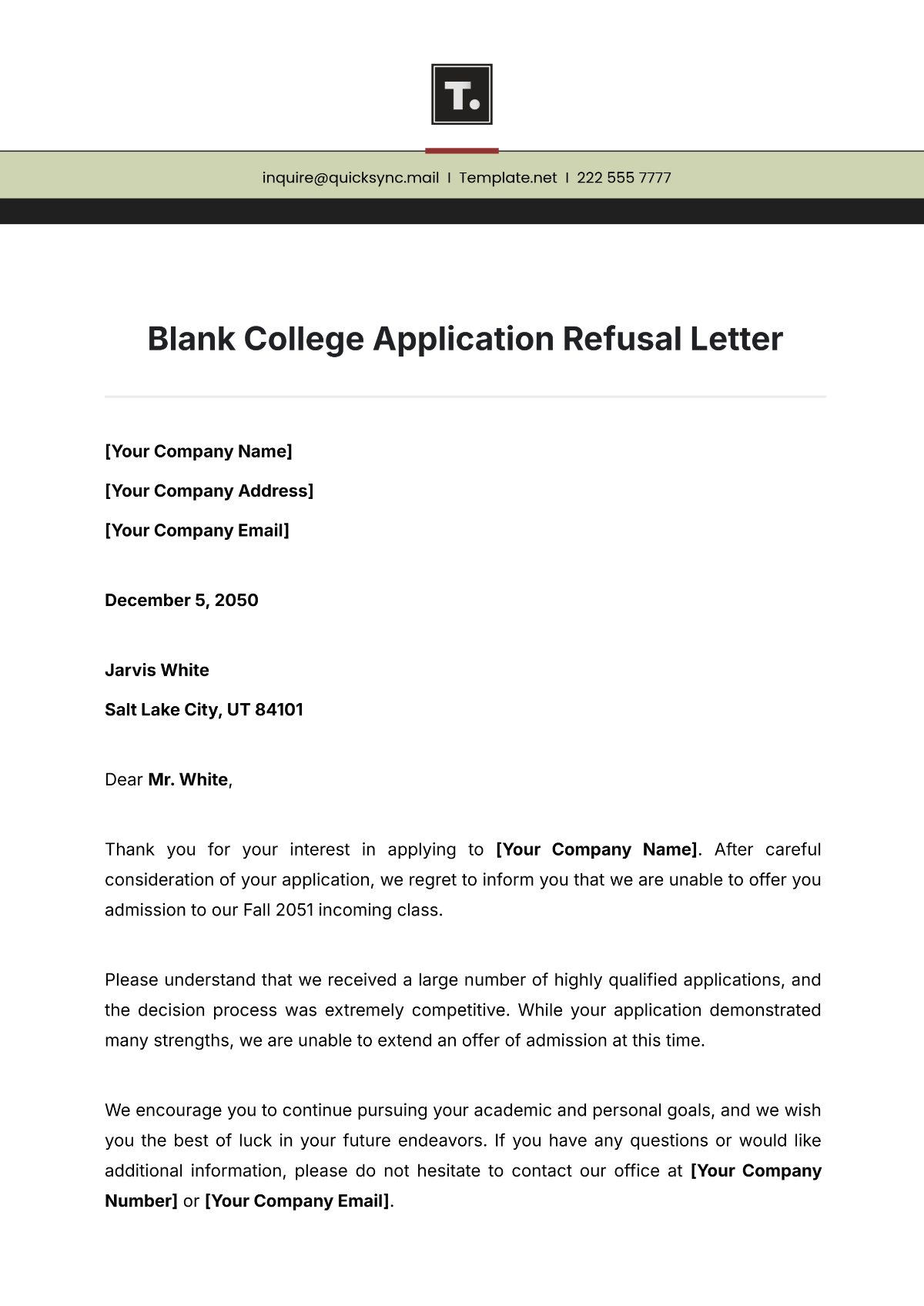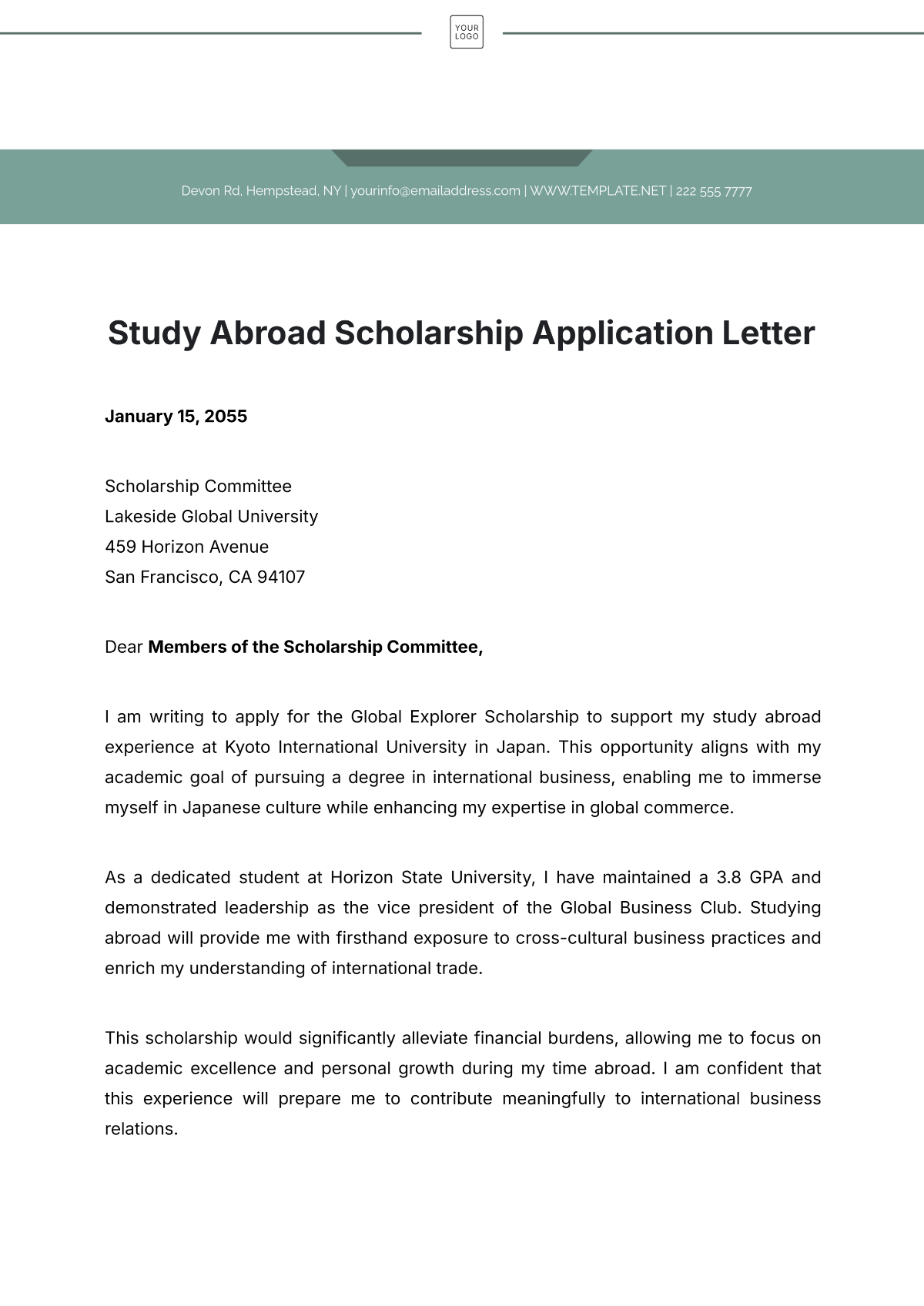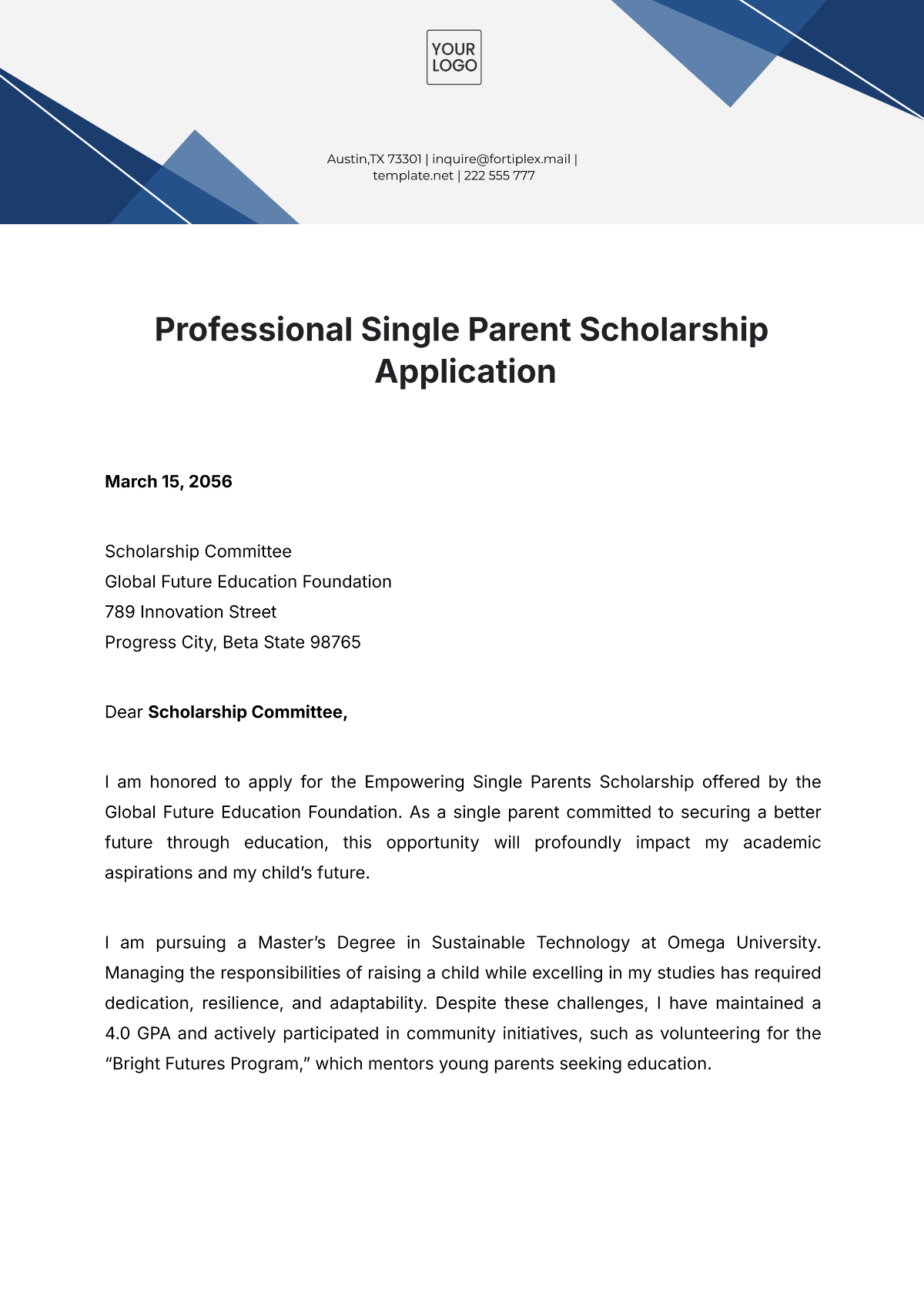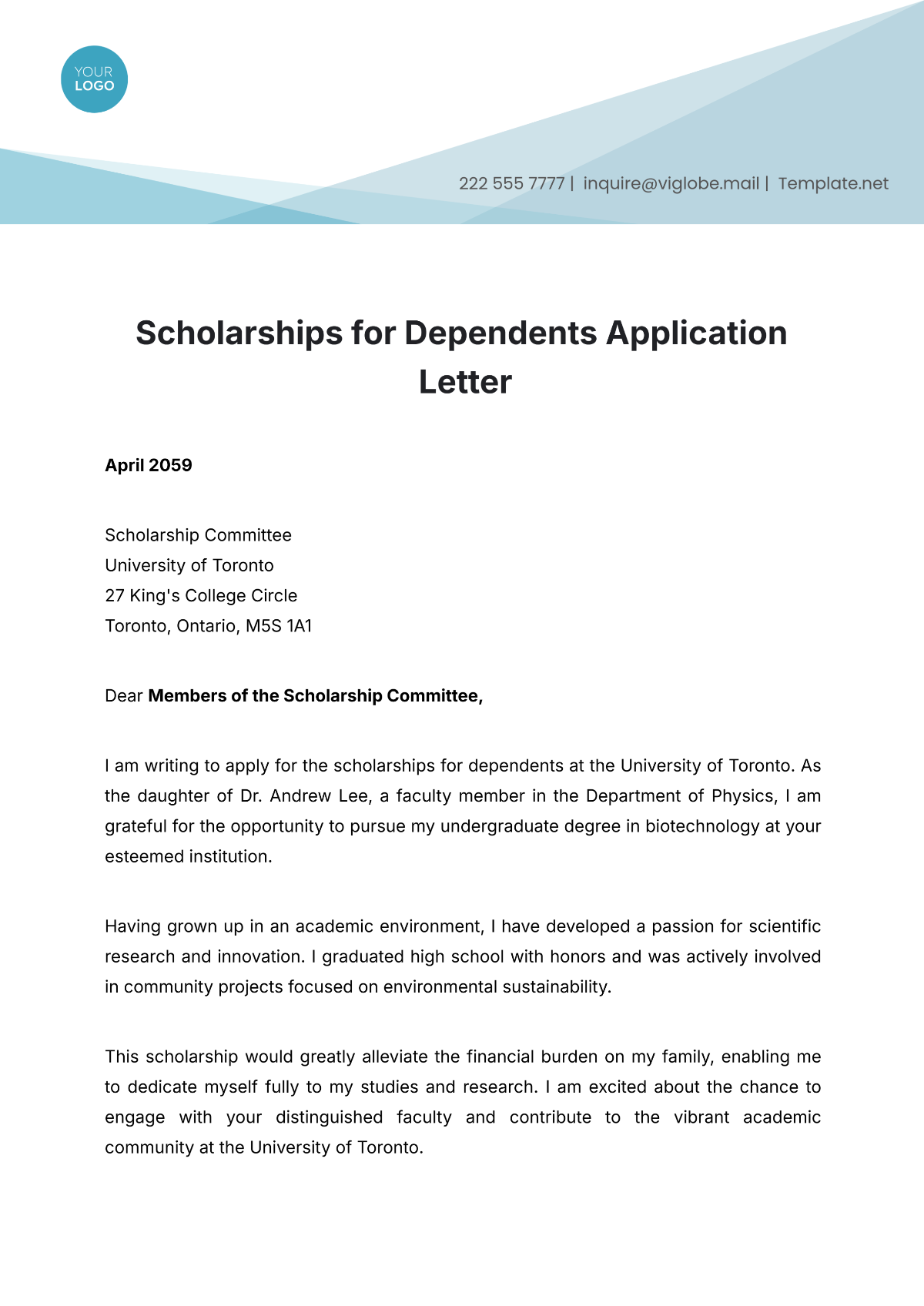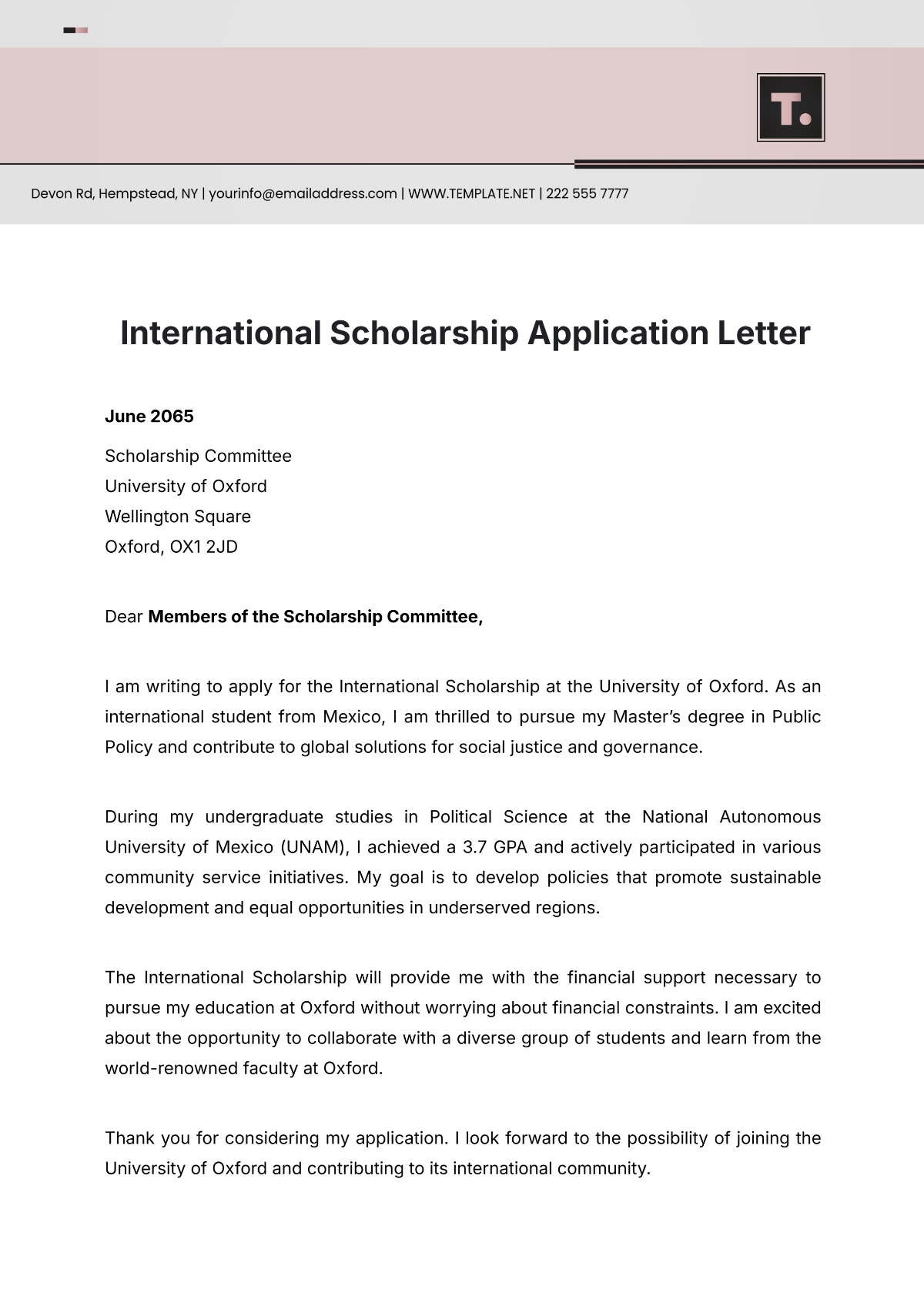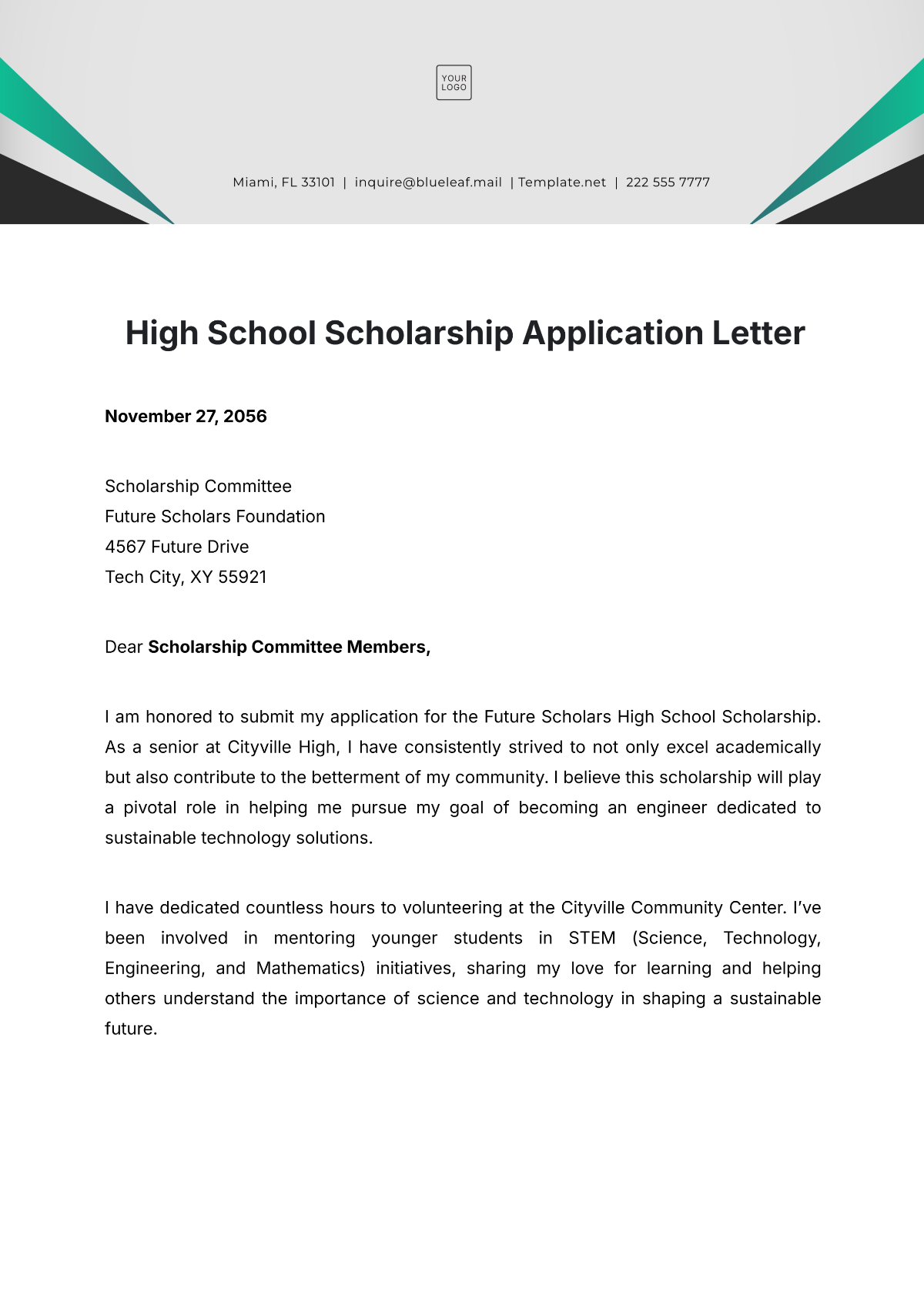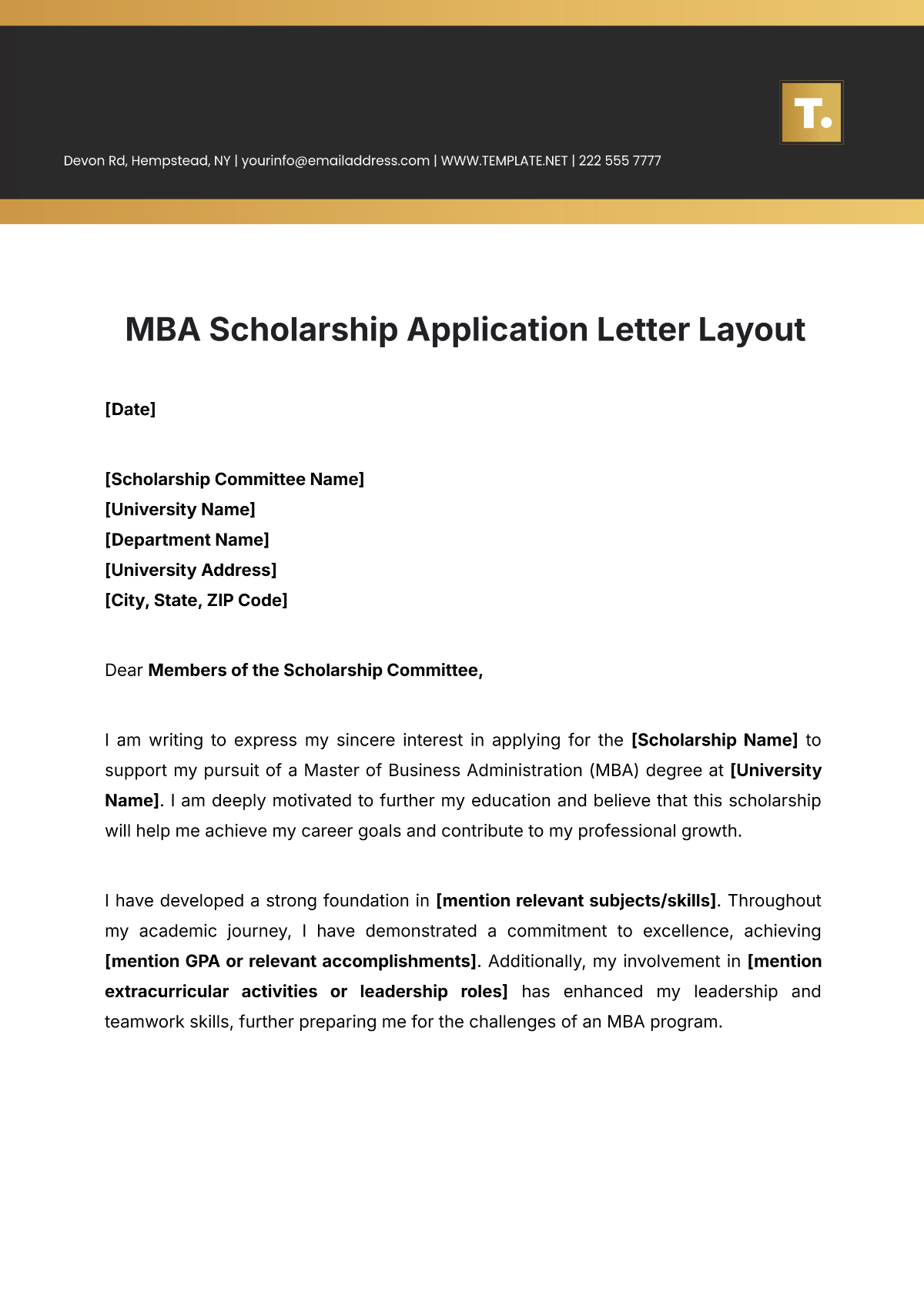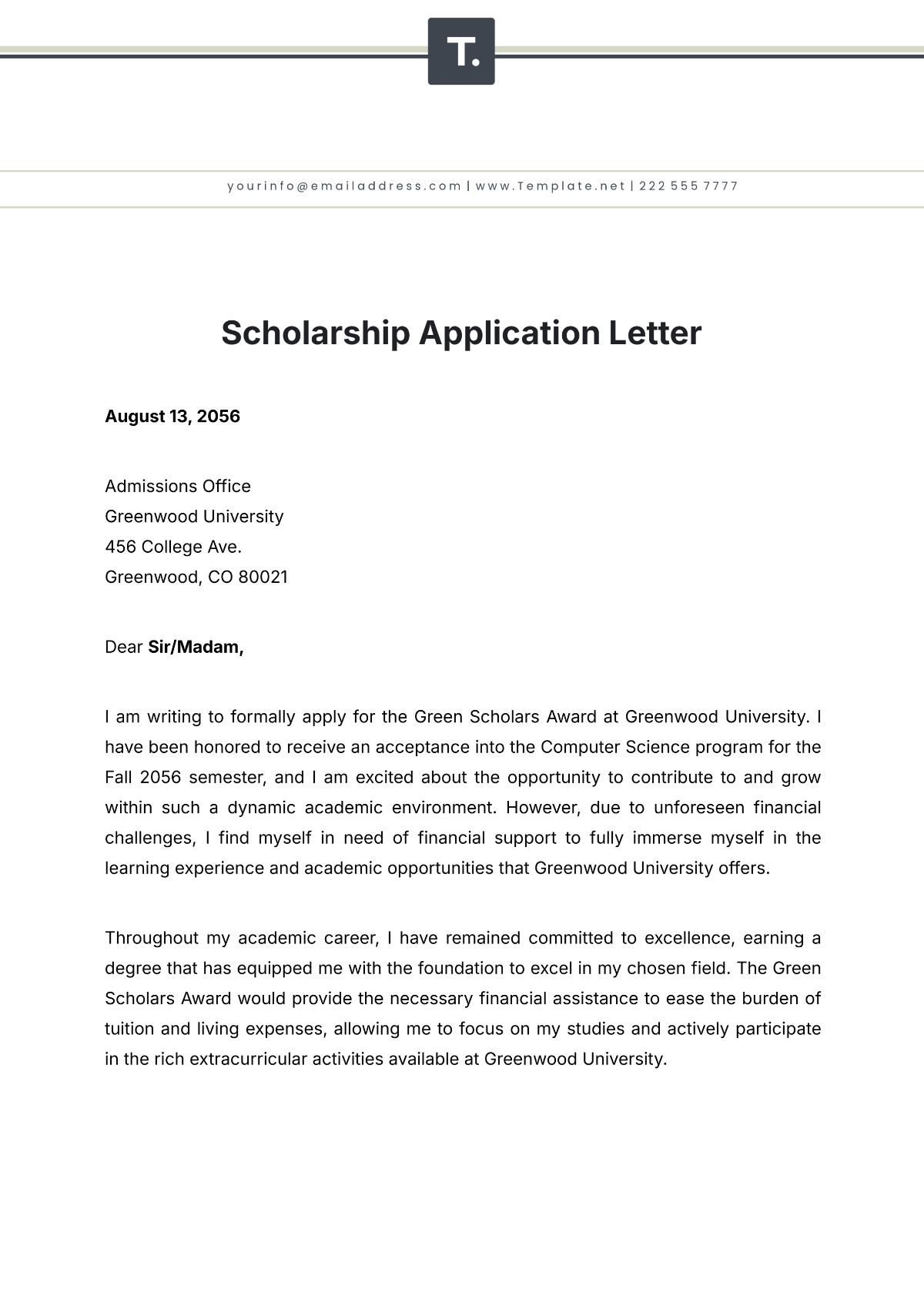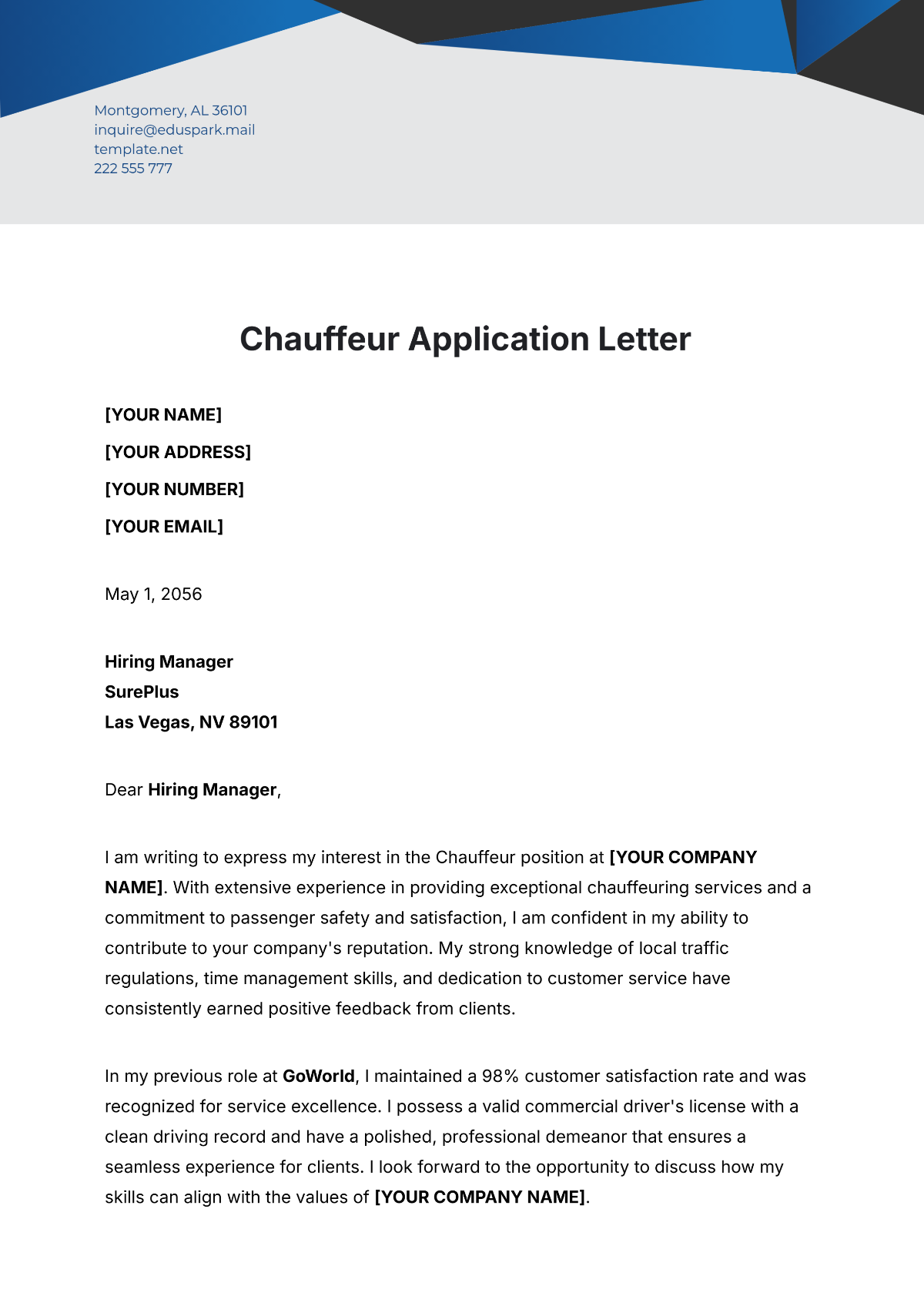How to Write a Scholarship Application Letter
Prepared by: [Your Name]

I. Introduction
Writing a scholarship application letter can be a daunting task, but it is a crucial step in securing funding for your education. This letter is your opportunity to present yourself to the scholarship committee, showcasing your achievements, aspirations, and why you deserve the scholarship. In this article, we will outline the essential components of a successful scholarship application letter, providing tips and examples to help you craft a compelling narrative.
II. Understanding the Purpose of the Letter
The primary purpose of a scholarship application letter is to persuade the committee to consider your application favorably. Your letter should:
Introduce yourself and explain your background.
Highlight your academic achievements and extracurricular activities.
Explain your financial need and how the scholarship will help you achieve your goals.
A. Key Elements to Include
Personal Introduction: Briefly introduce yourself, including your name, current educational institution, and field of study.
Academic Background: Mention your GPA, relevant coursework, and any honors or awards.
Extracurricular Involvement: Discuss clubs, sports, volunteer work, or other activities that showcase your leadership and commitment.

III. Structuring Your Scholarship Application Letter
A well-structured scholarship application letter typically includes the following sections:
A. Greeting
Start with a professional greeting. If you know the name of the committee chair or scholarship coordinator, address them directly:
Dear [Recipient's Name],
B. Opening Paragraph
In the opening paragraph, state your intention to apply for the scholarship clearly. This is where you can hook the reader by mentioning your career aspirations or personal story:
I am writing to apply for the [Scholarship Name] for the [Academic Year]. As a dedicated student pursuing a degree in [Your Field of Study], I am passionate about [Specific Career Goals or Interests].
C. Body Paragraphs
1. Academic Achievements
Discuss your academic qualifications in detail. Use bullet points to highlight key accomplishments:
GPA: [Your GPA]
Relevant Courses: [List of Courses]
Honors and Awards: [Specific Awards]
2. Extracurricular Activities
Emphasize your involvement outside the classroom. Include leadership roles and community service:
Clubs: [List of Clubs]
Volunteer Work: [Details about Volunteer Experience]
Internships: [Relevant Internships]
3. Financial Need
Explain your financial situation honestly and succinctly. You can use a table to clarify your needs:
Expense | Amount |
|---|---|
Tuition | $[Amount] |
Books and Supplies | $[Amount] |
Living Expenses | $[Amount] |
Total Financial Need | $[Total Amount] |
D. Closing Paragraph
Reiterate your interest in the scholarship and express gratitude for the committee's consideration. You may also want to include a call to action:
Thank you for considering my application for the [Scholarship Name]. I look forward to the opportunity to further discuss how this scholarship can help me achieve my educational and career goals.
E. Signature
Close with a professional sign-off:
Sincerely,
[Your Name]
[Your Contact Information]
[Your Address]
IV. Tips for a Successful Scholarship Application Letter
Be Authentic: Write in your own voice and let your personality shine through.
Be Concise: Stick to the point and avoid unnecessary fluff. Aim for a one-page letter.
Proofread: Carefully check for spelling and grammar errors before submitting your application.
Follow Instructions: Adhere to any guidelines provided by the scholarship committee regarding format and content.

V. Conclusion
Crafting a compelling scholarship application letter requires careful thought and planning. By following this template and incorporating your unique experiences and aspirations, you can create a letter that stands out to scholarship committees. Remember to highlight your achievements, express your financial needs, and demonstrate your commitment to your educational goals. Good luck with your scholarship application!
